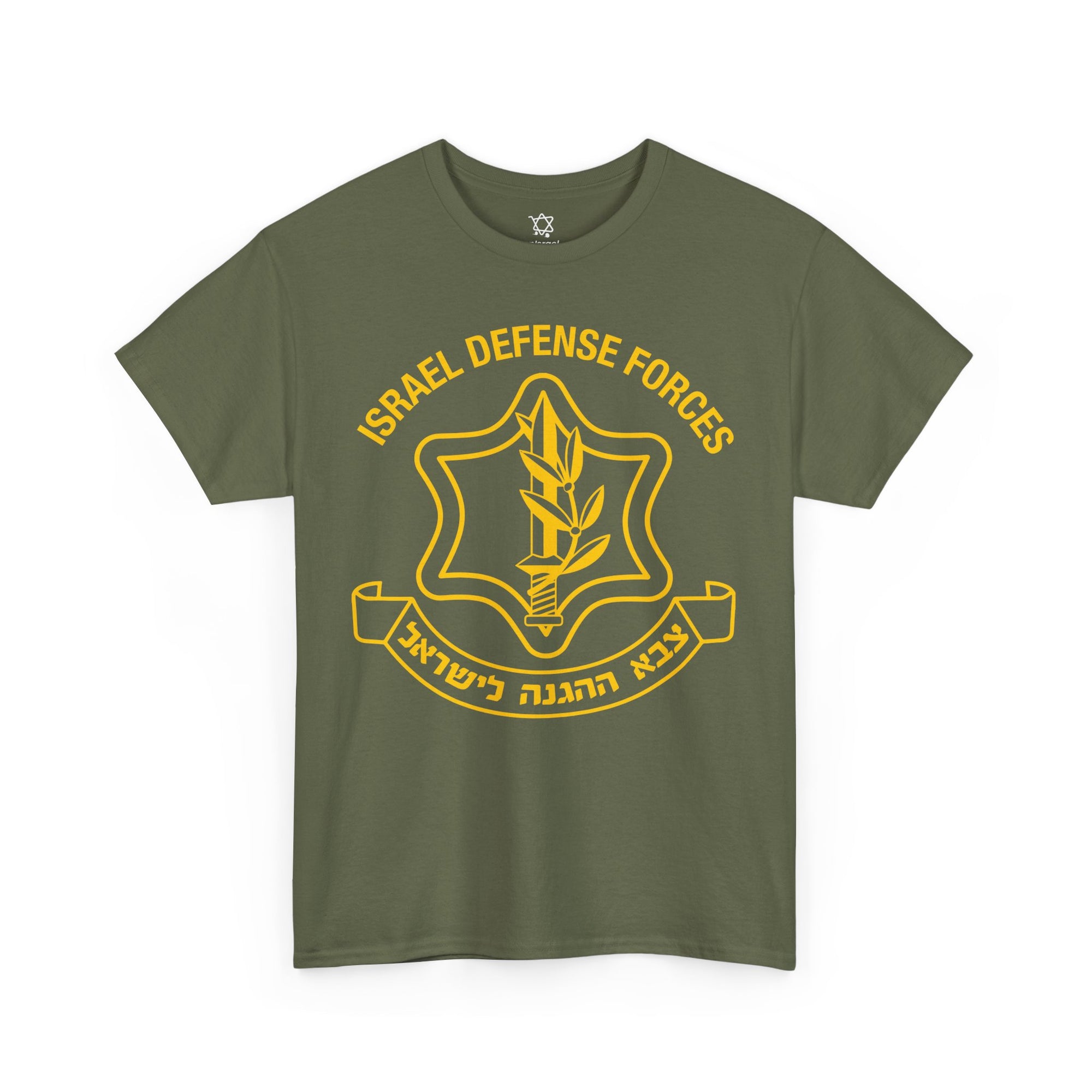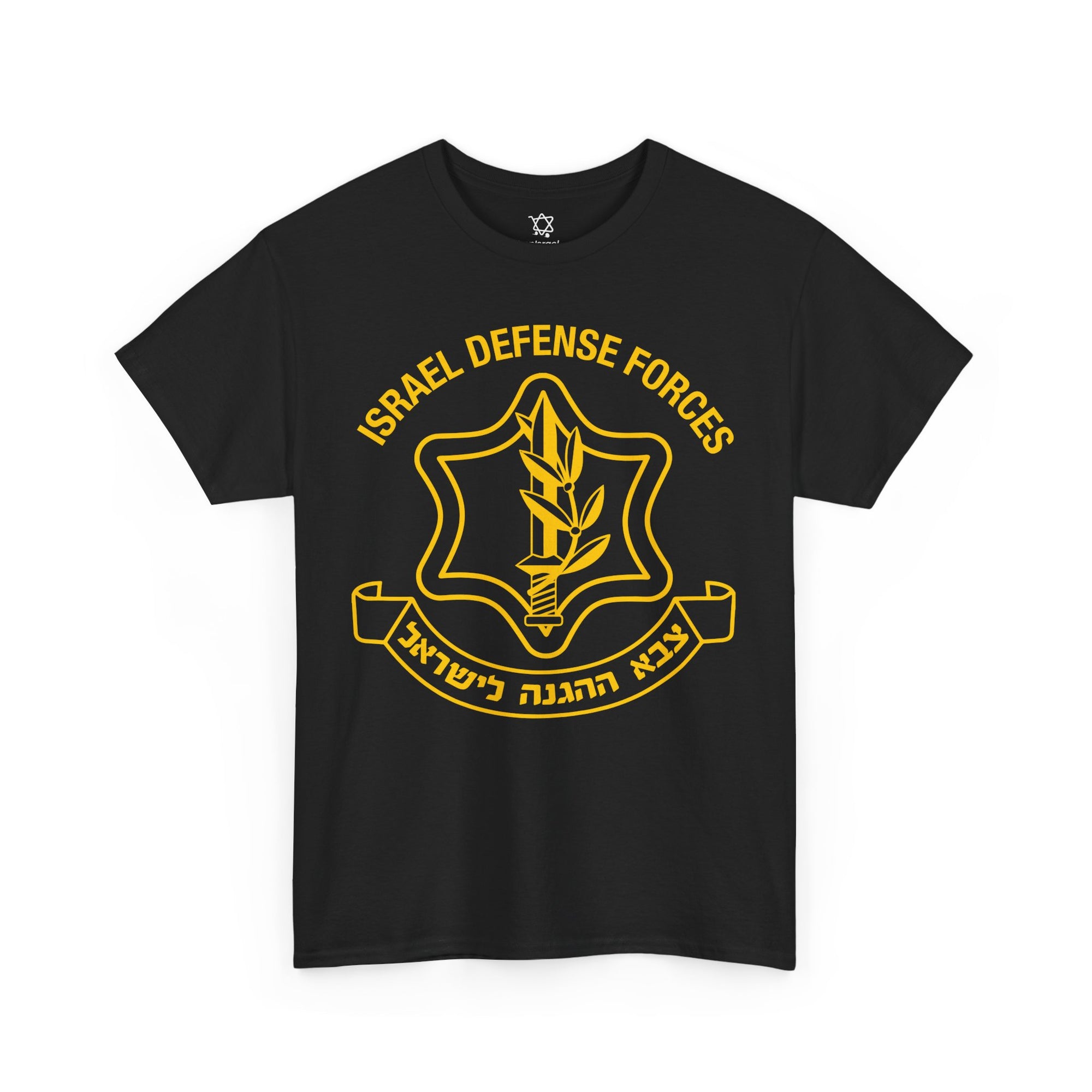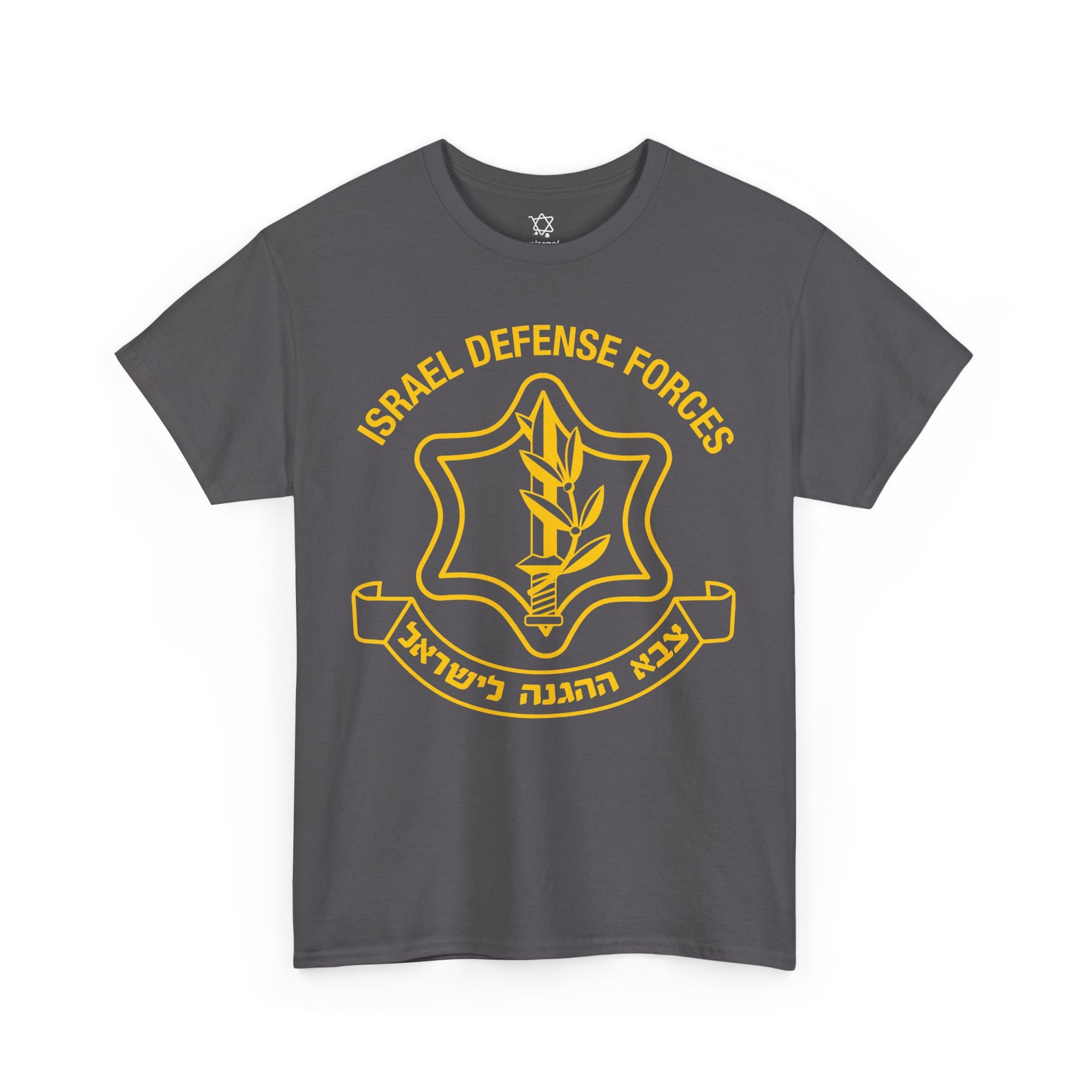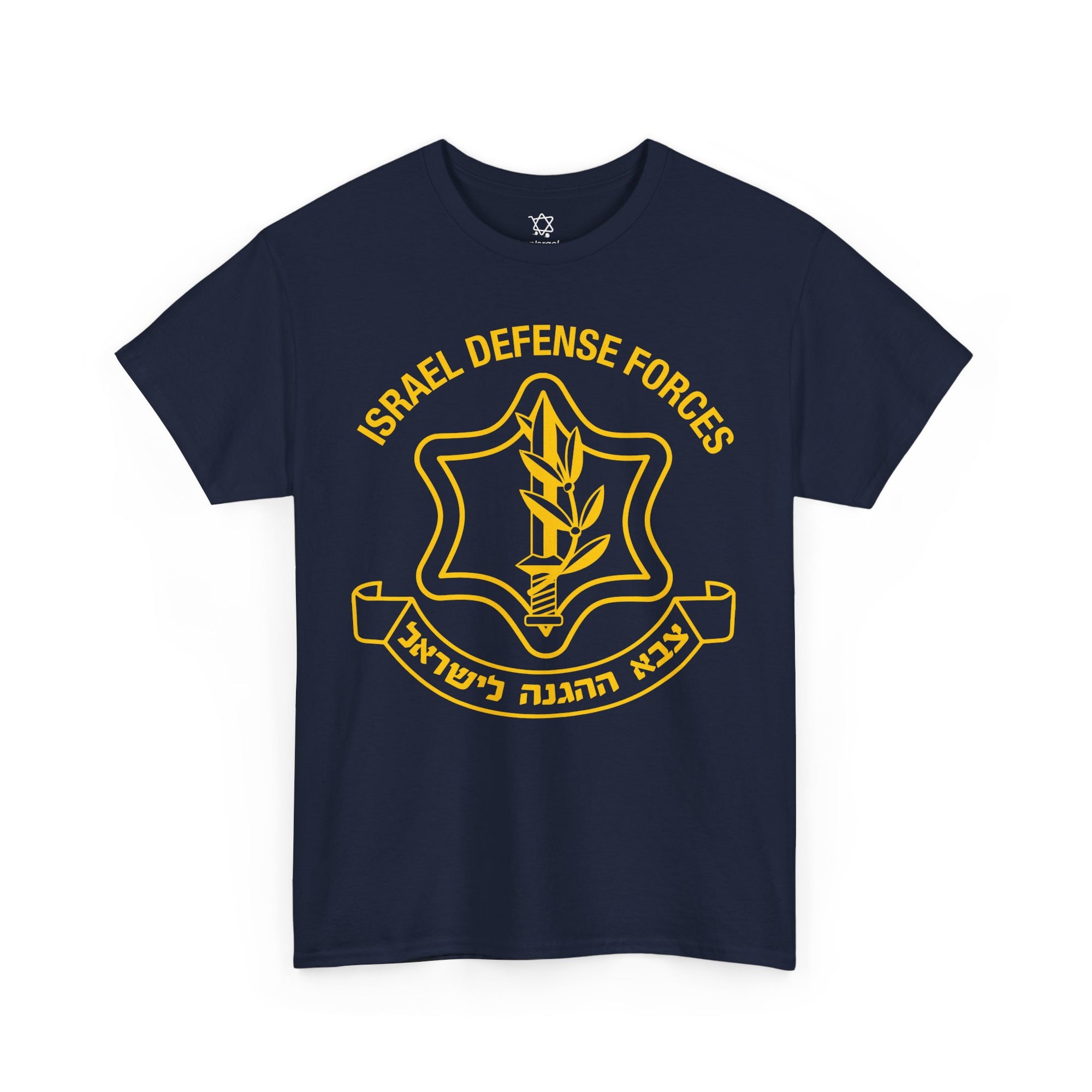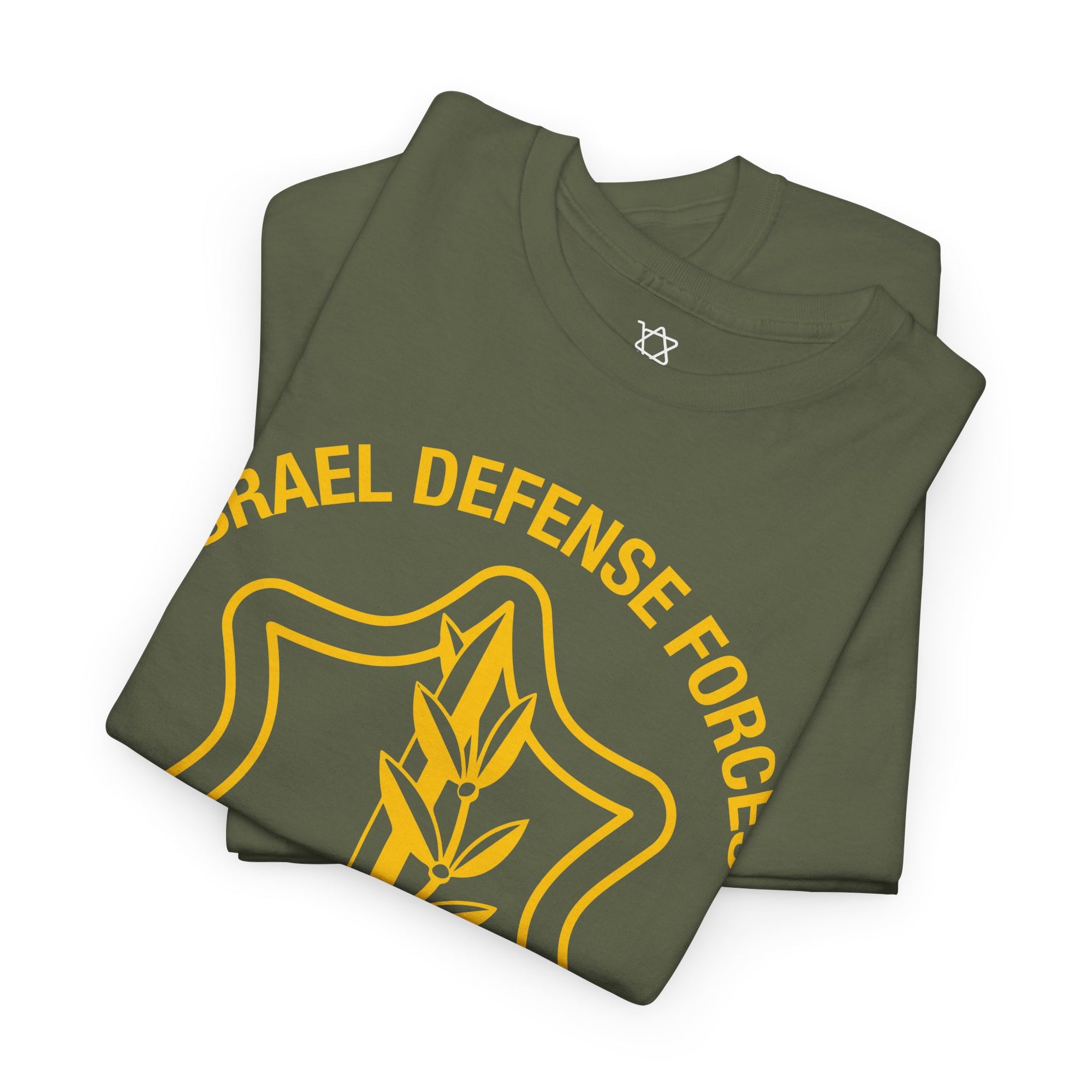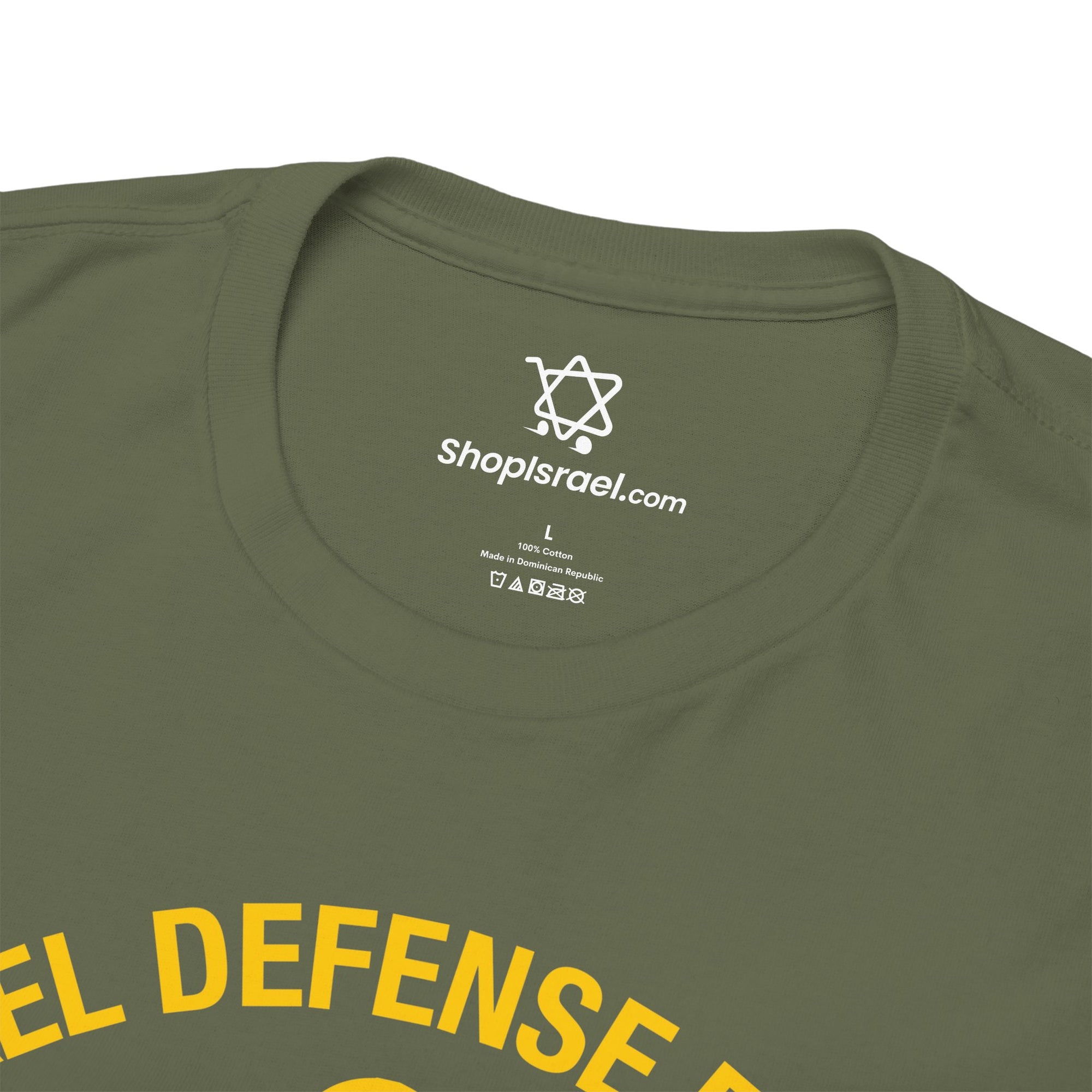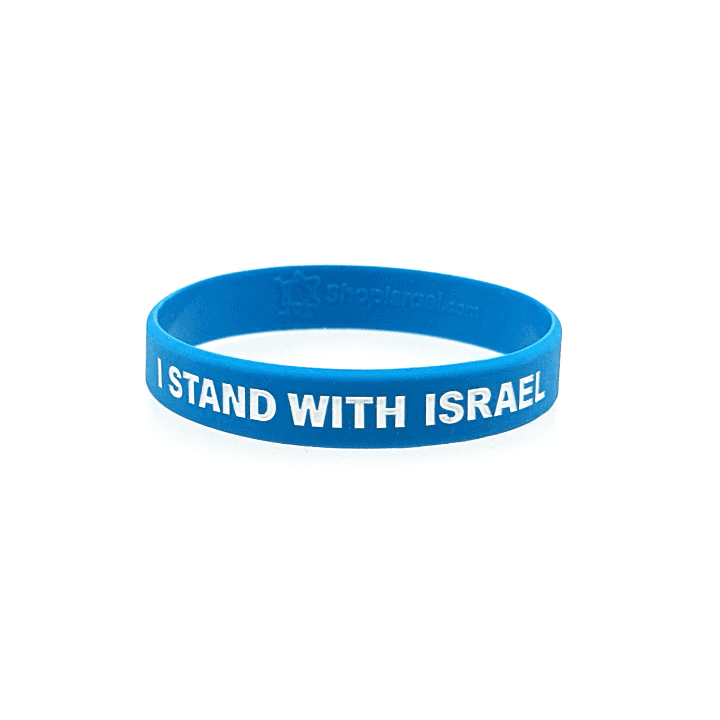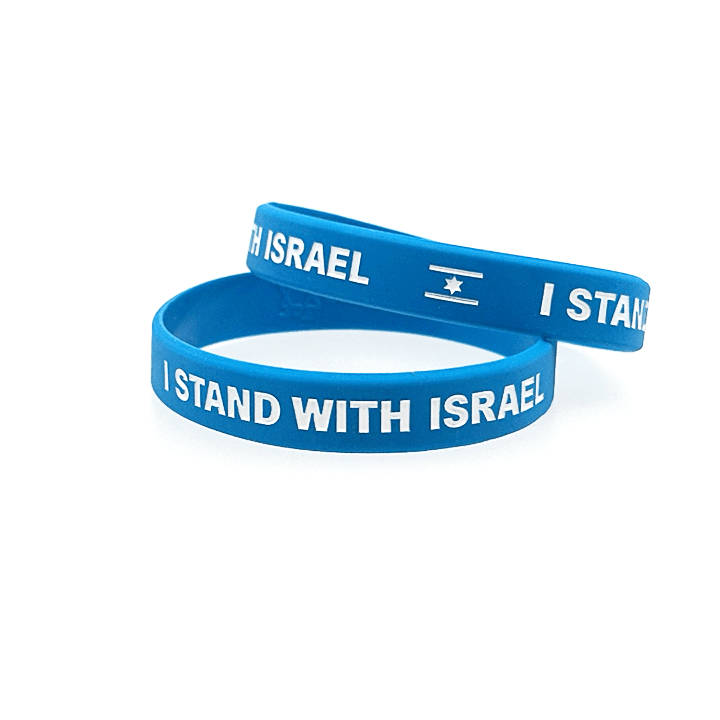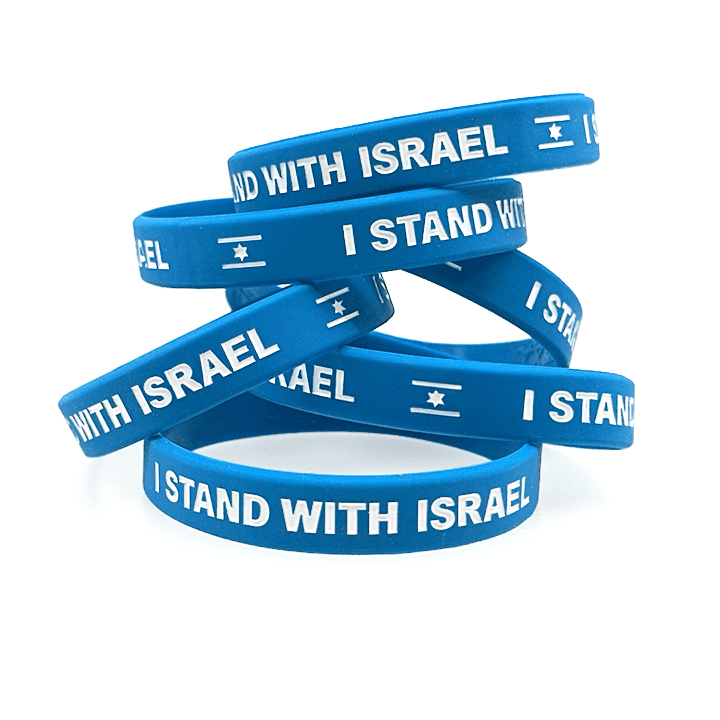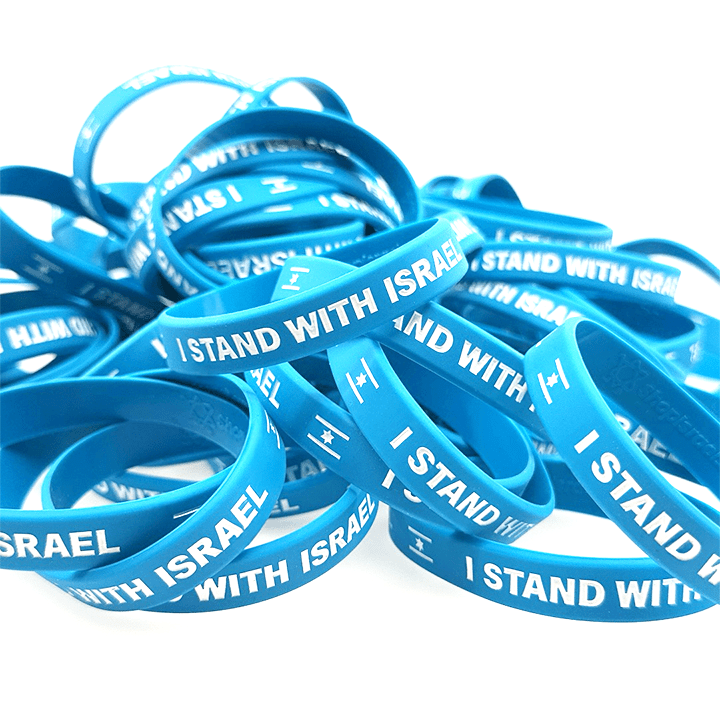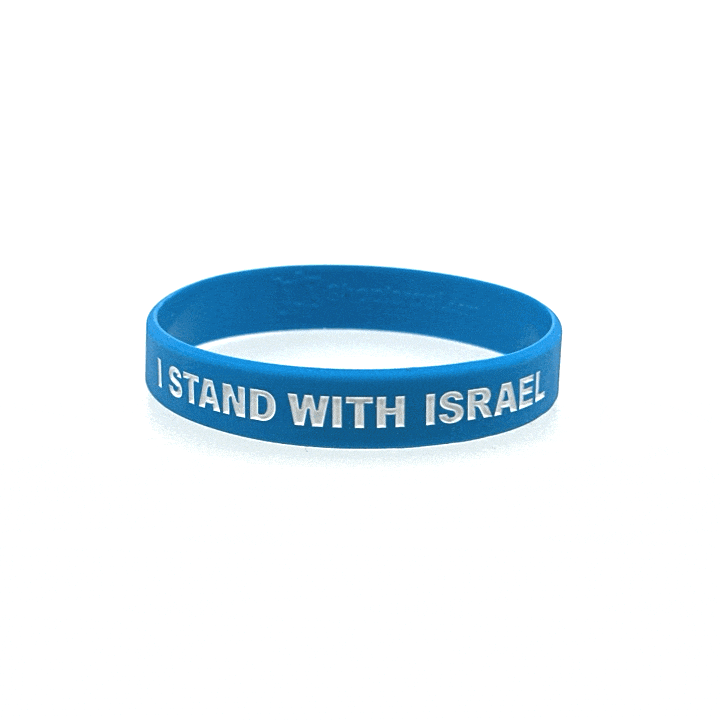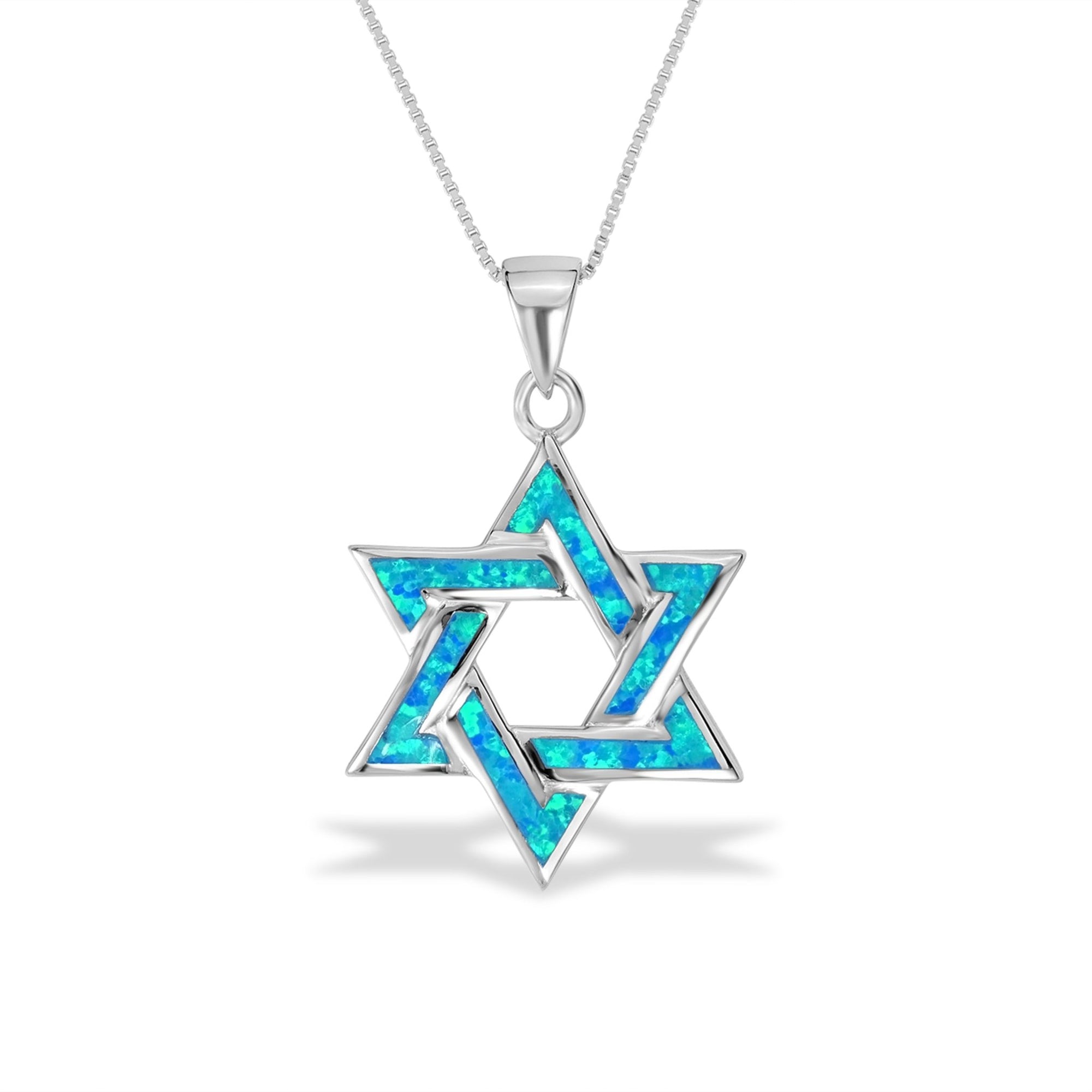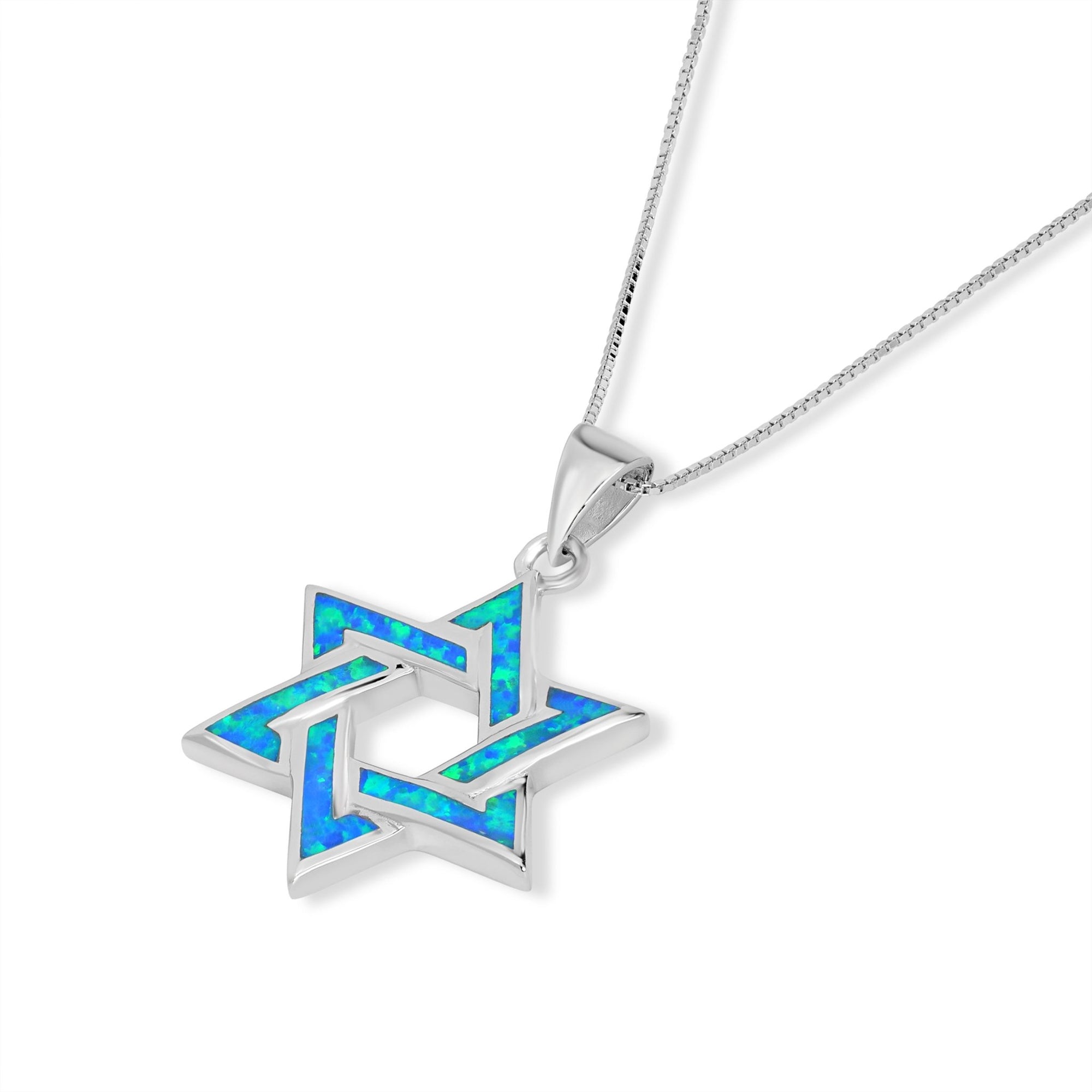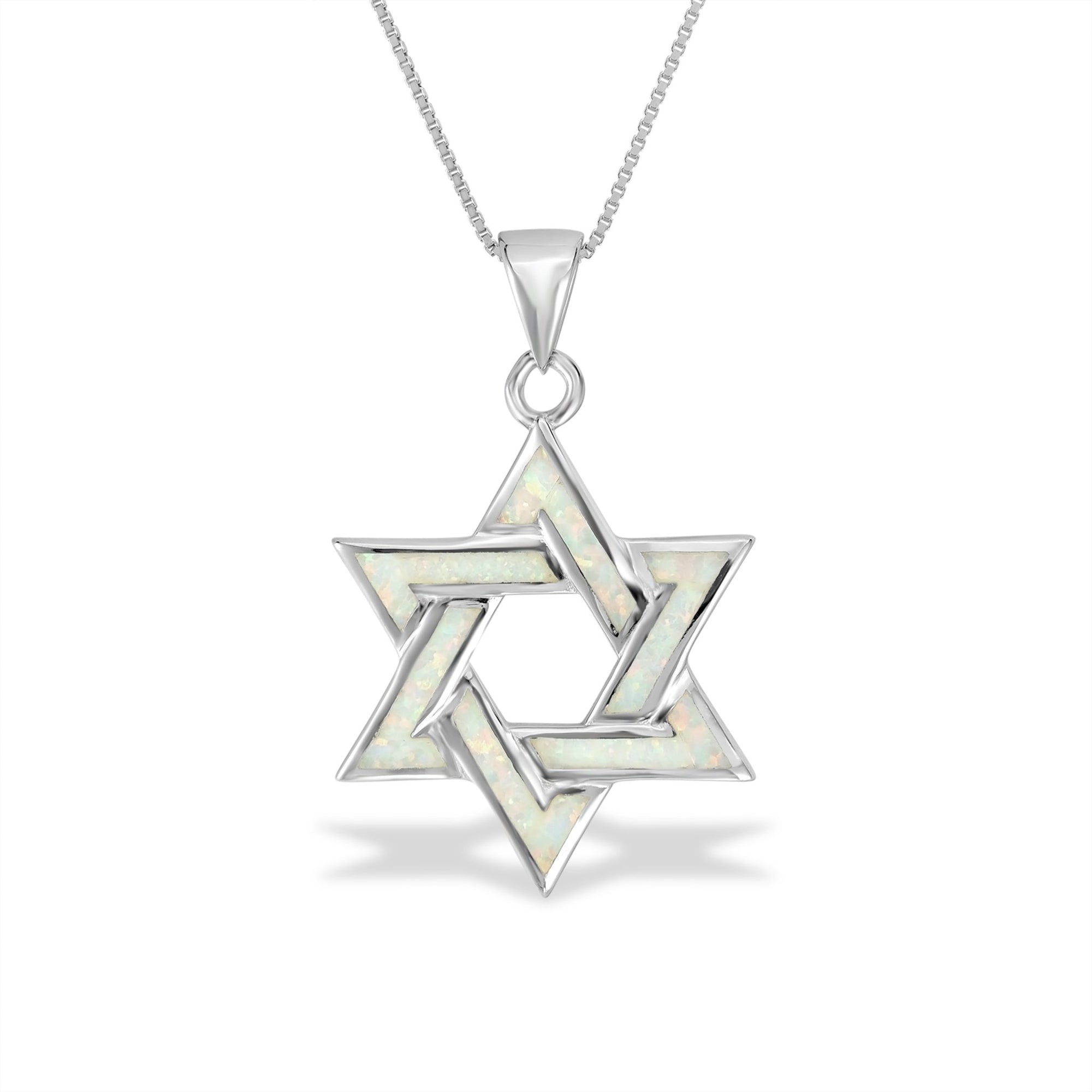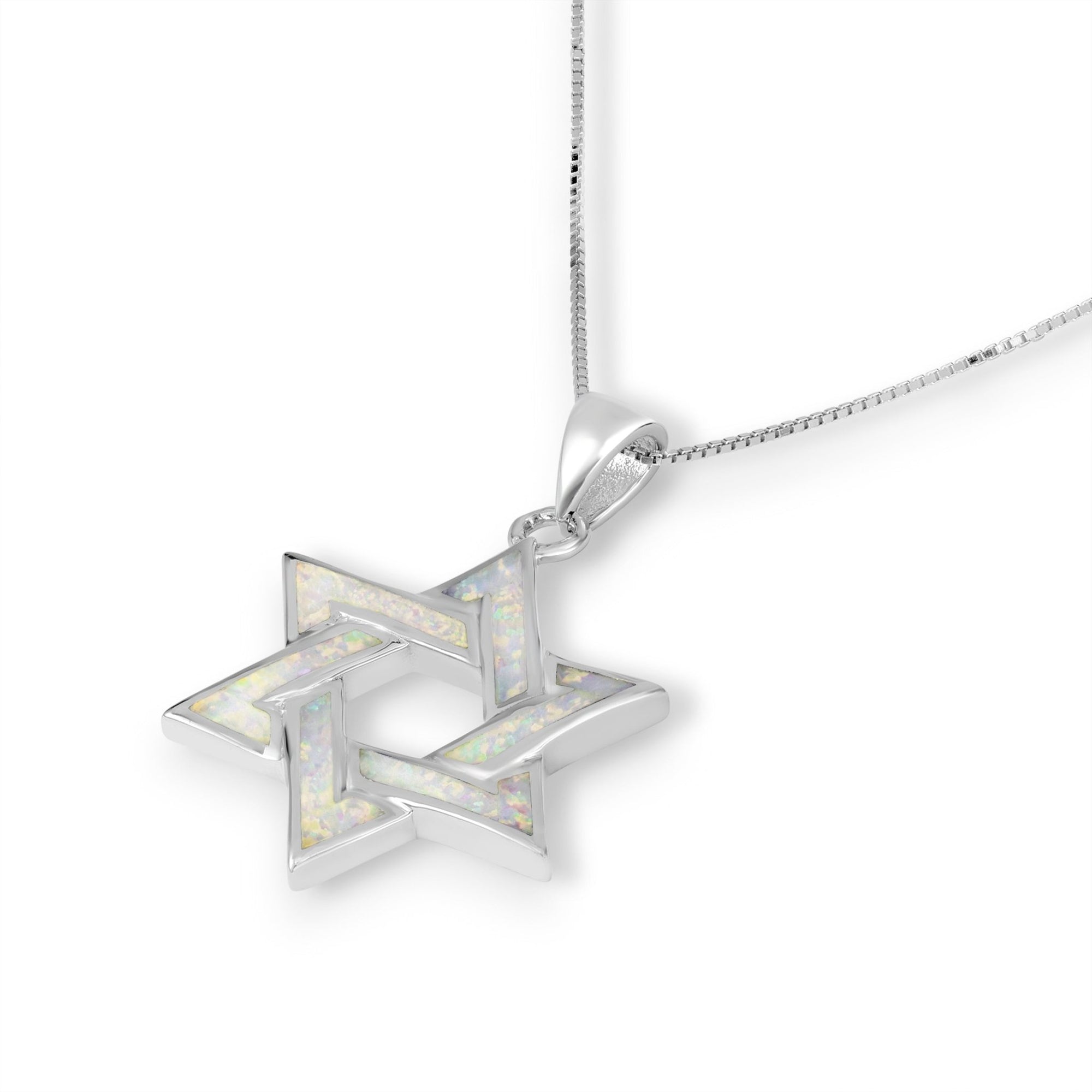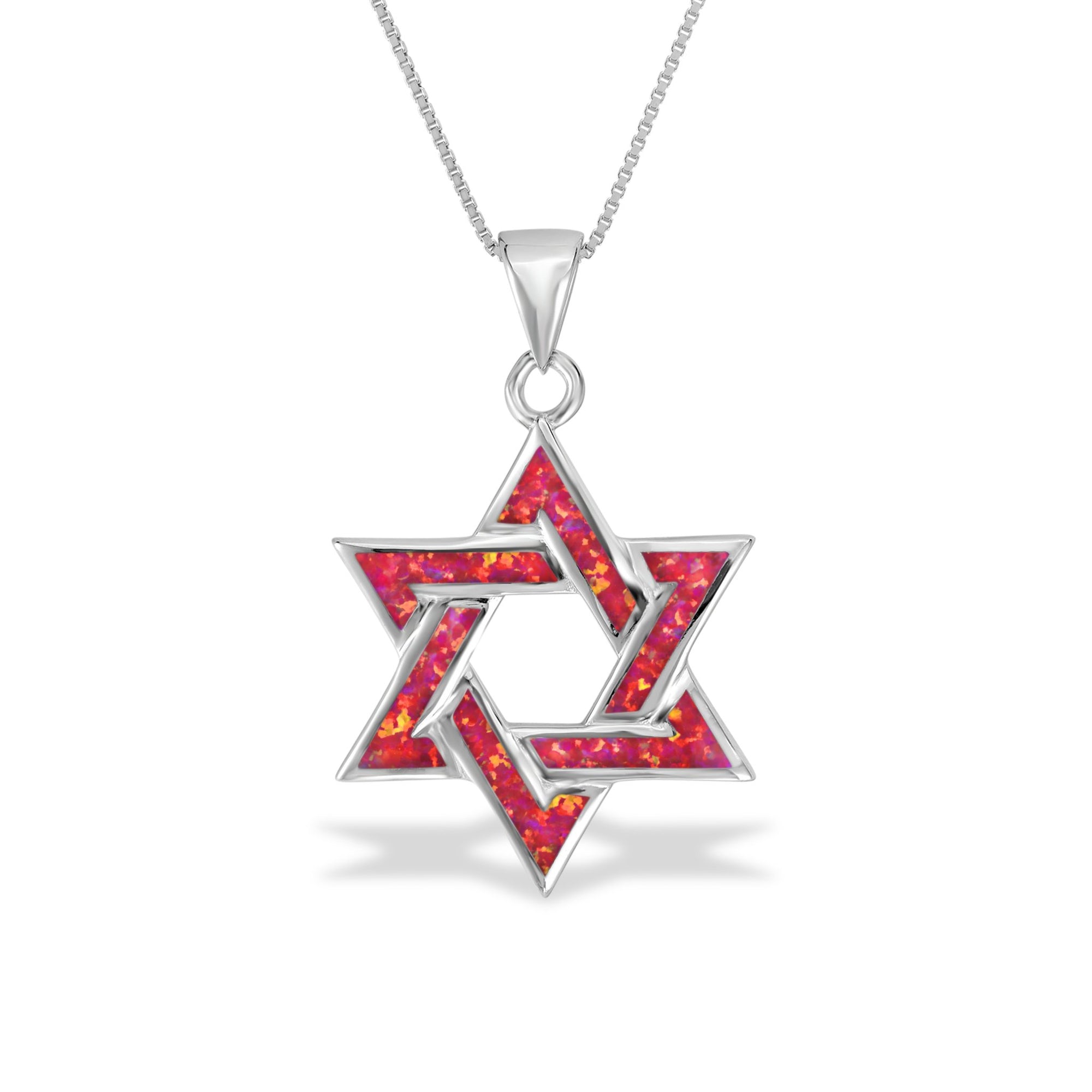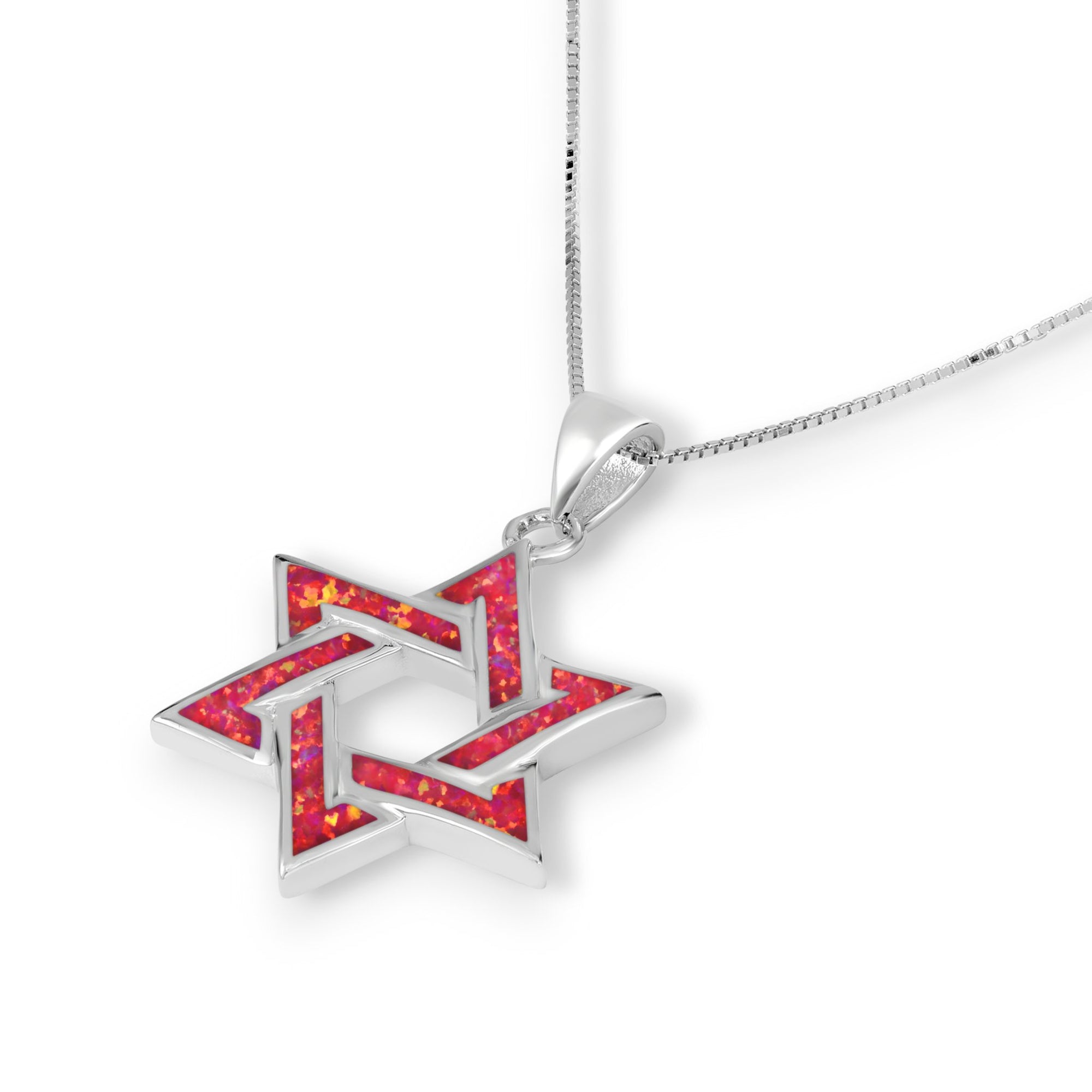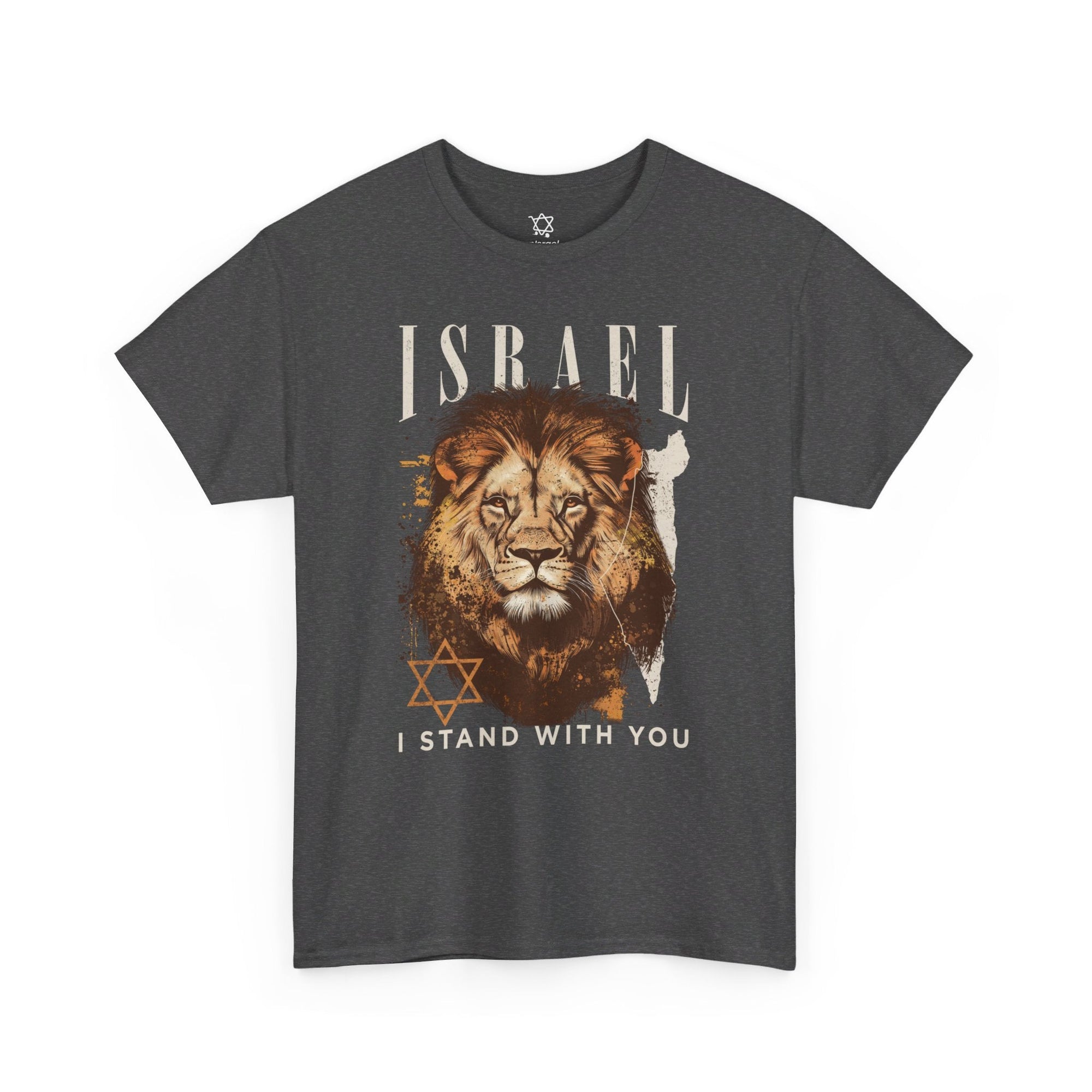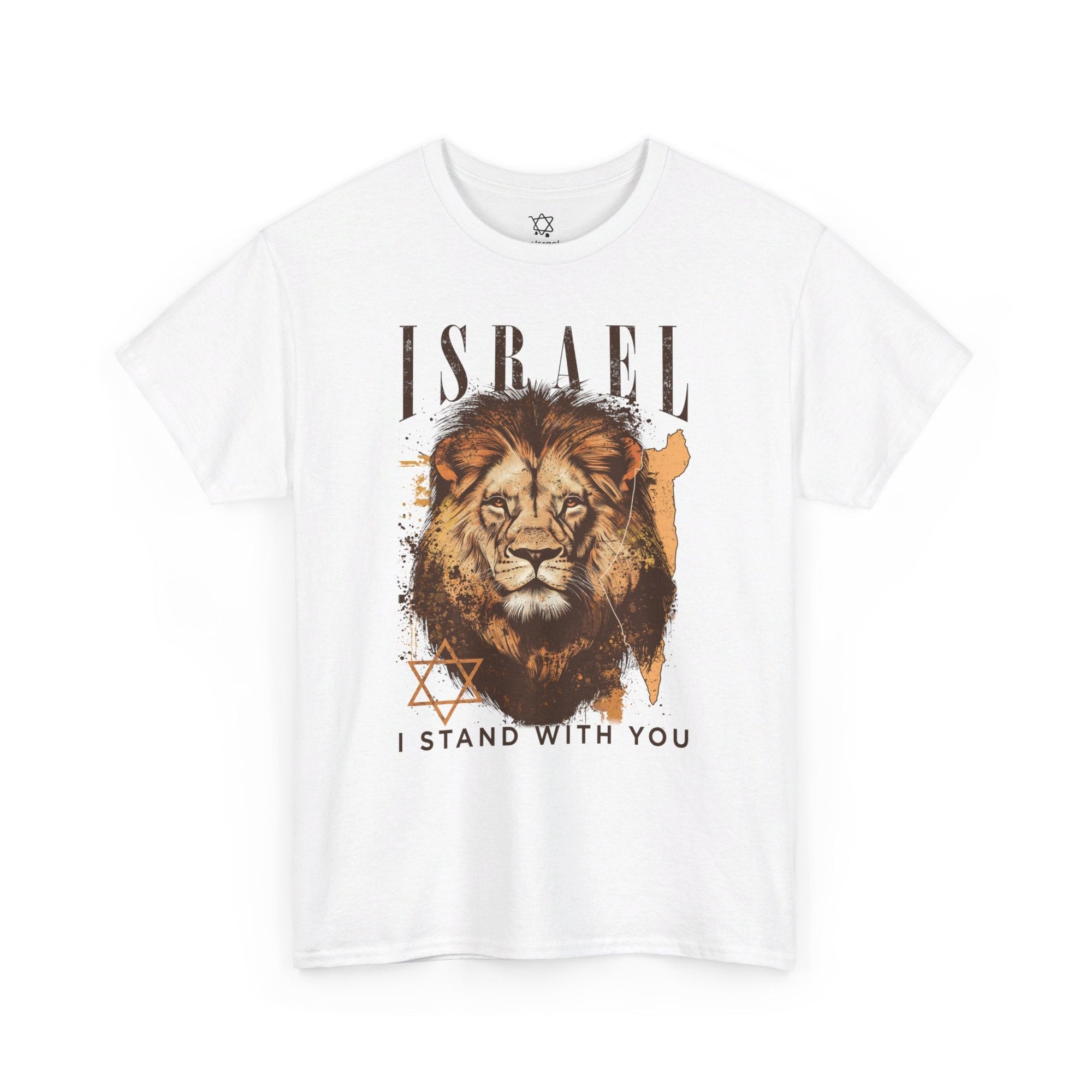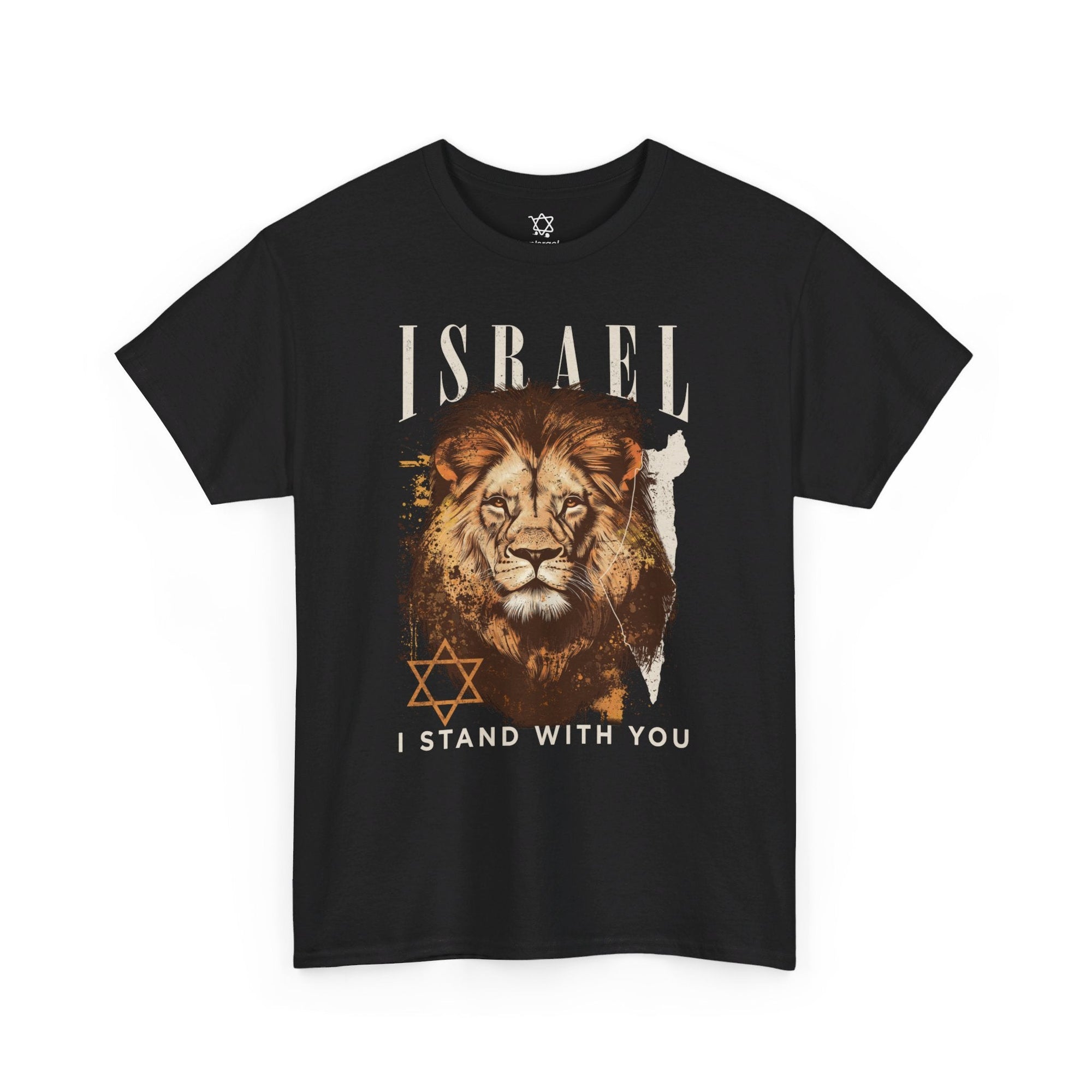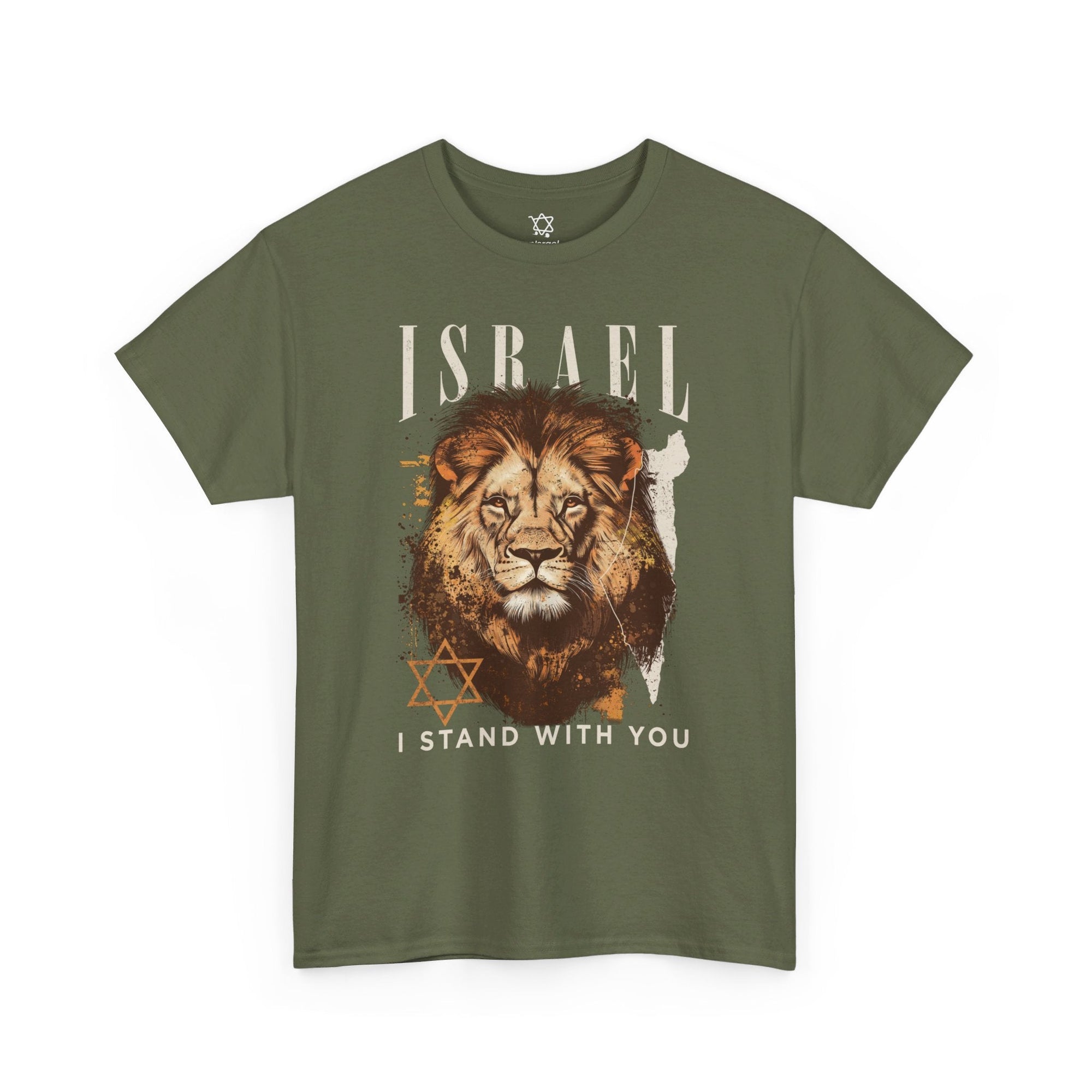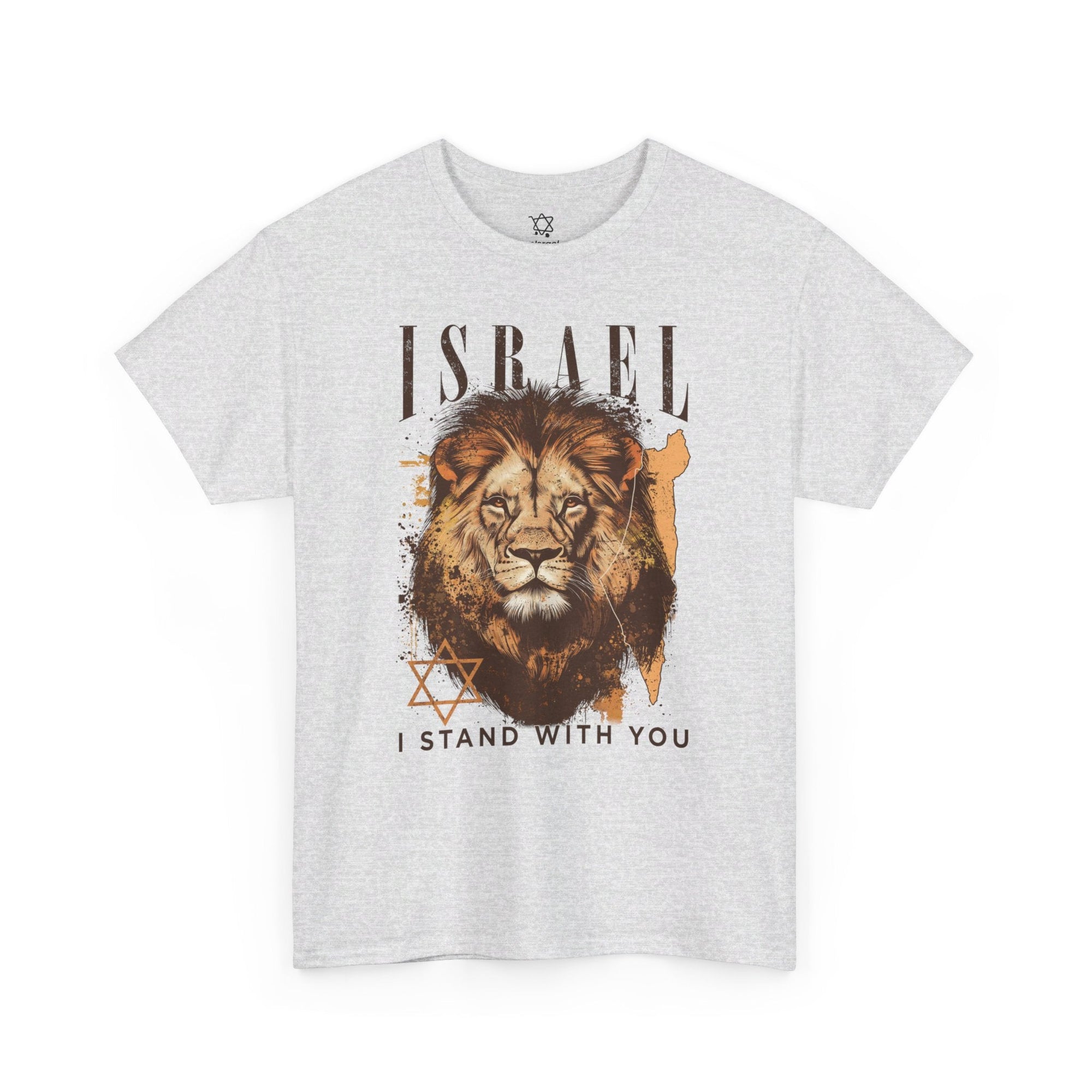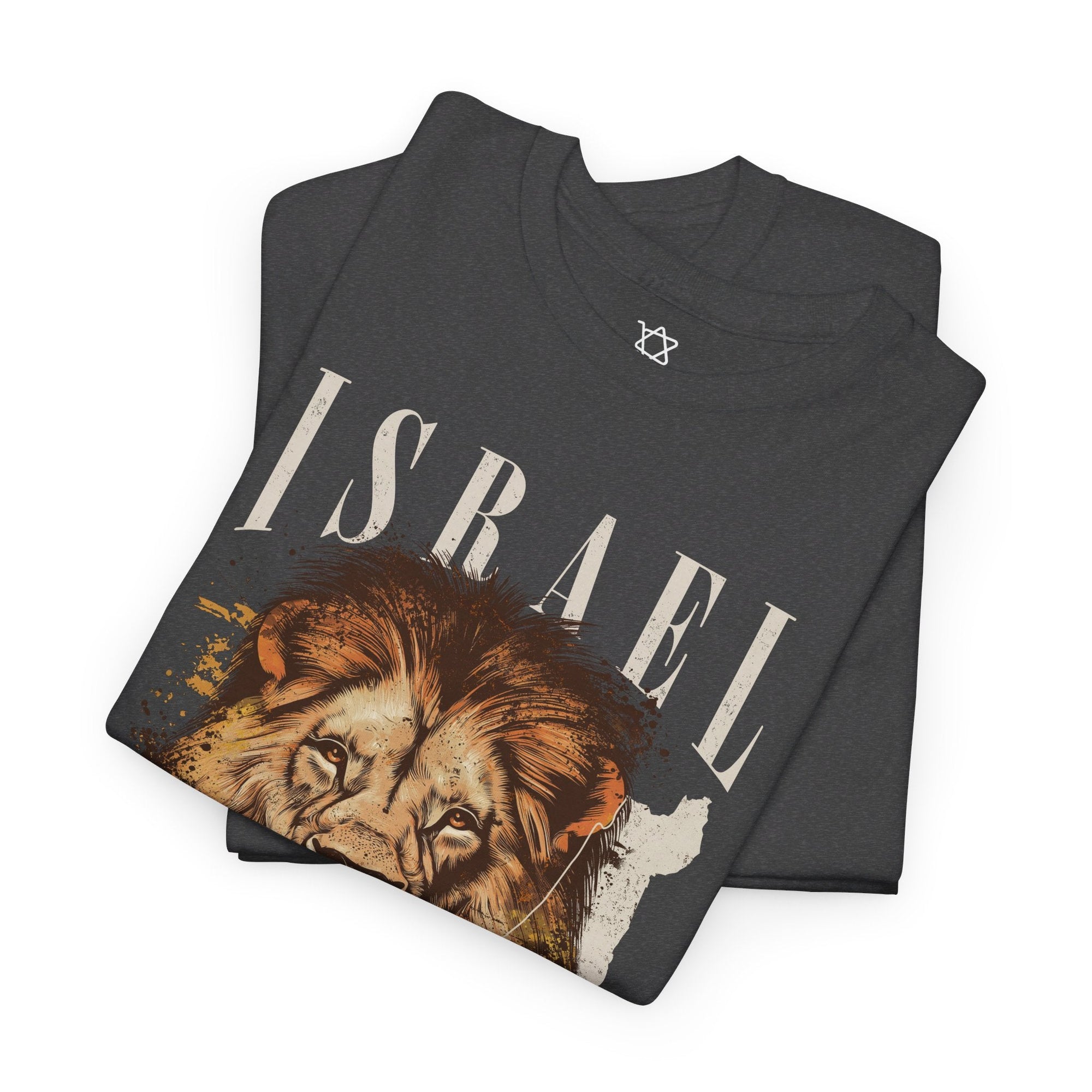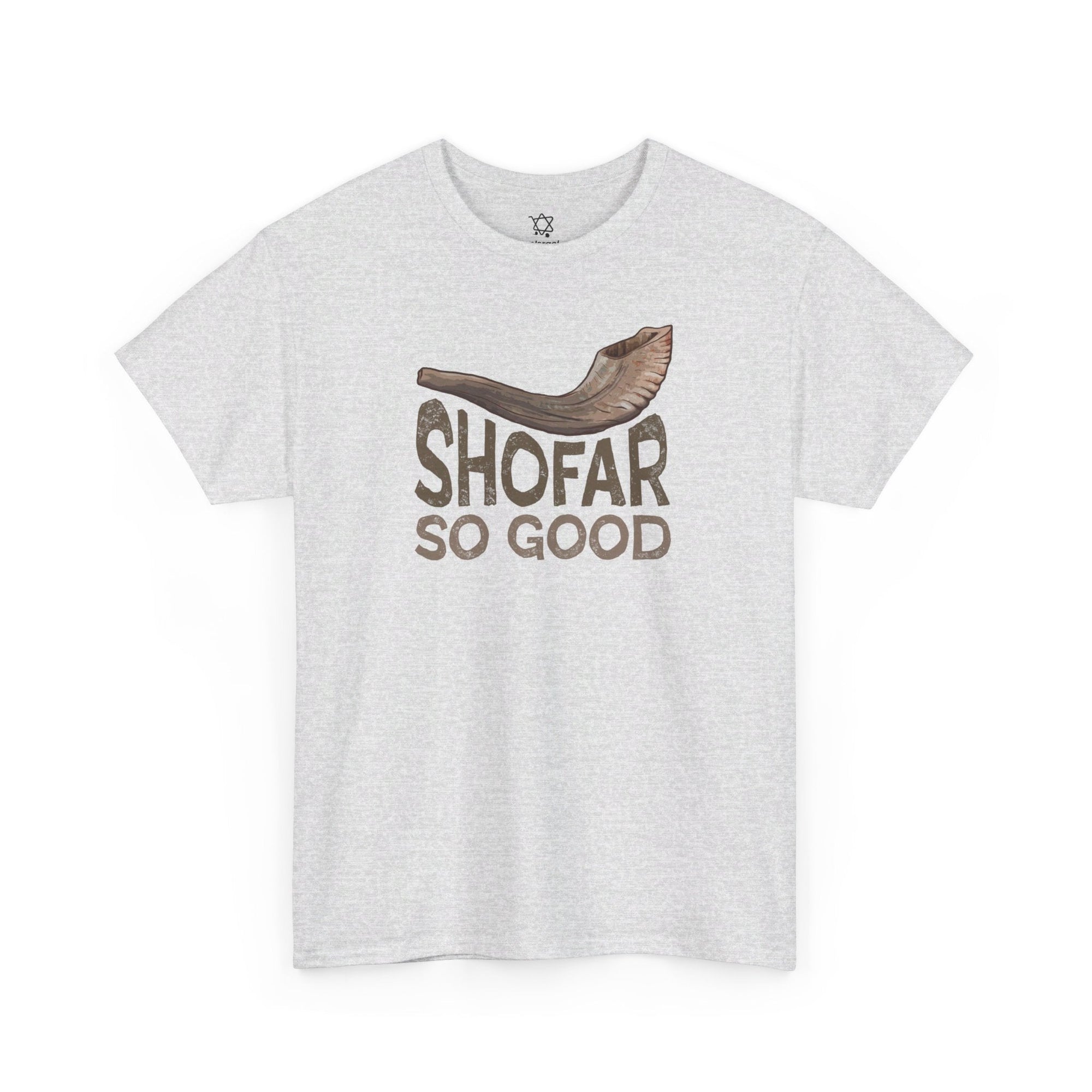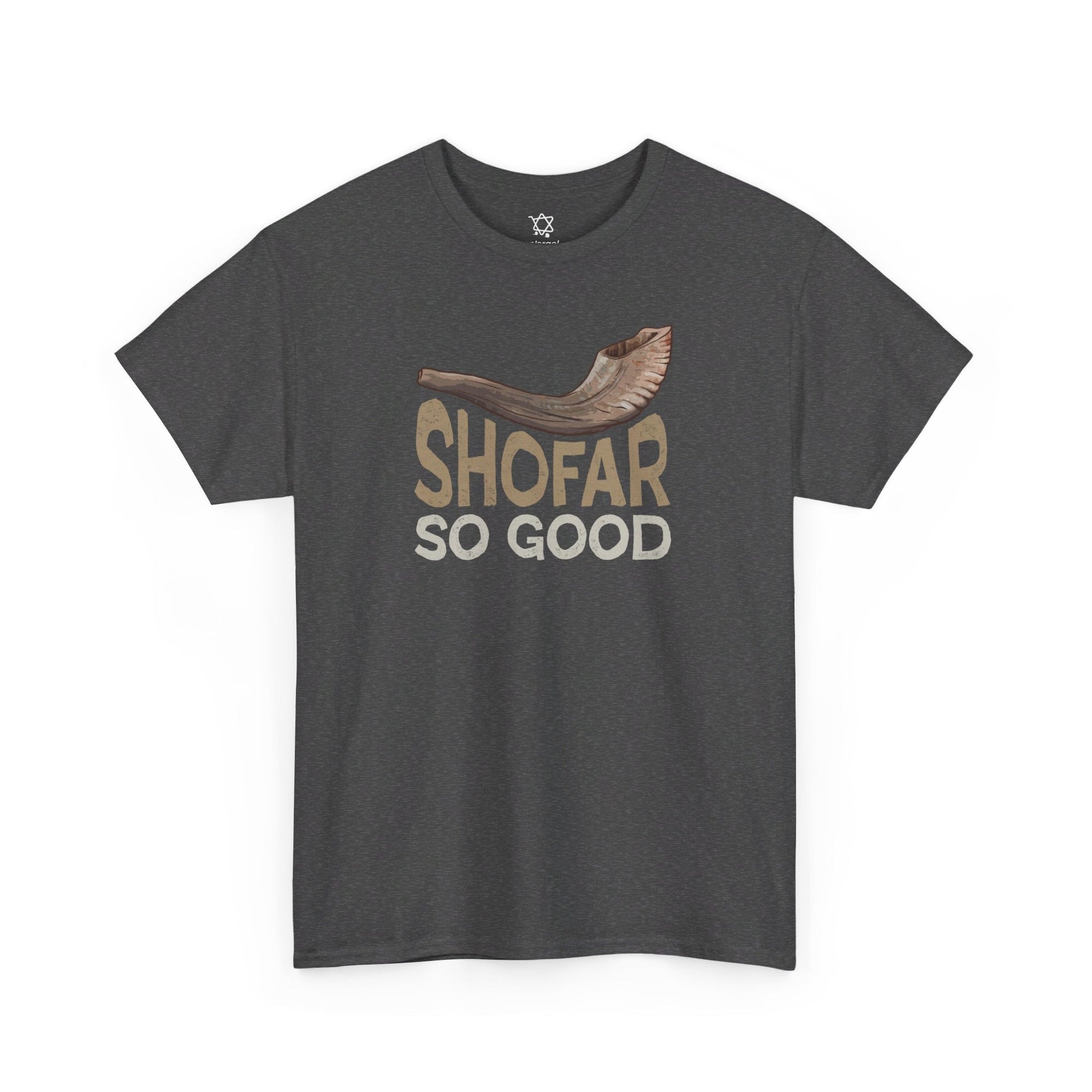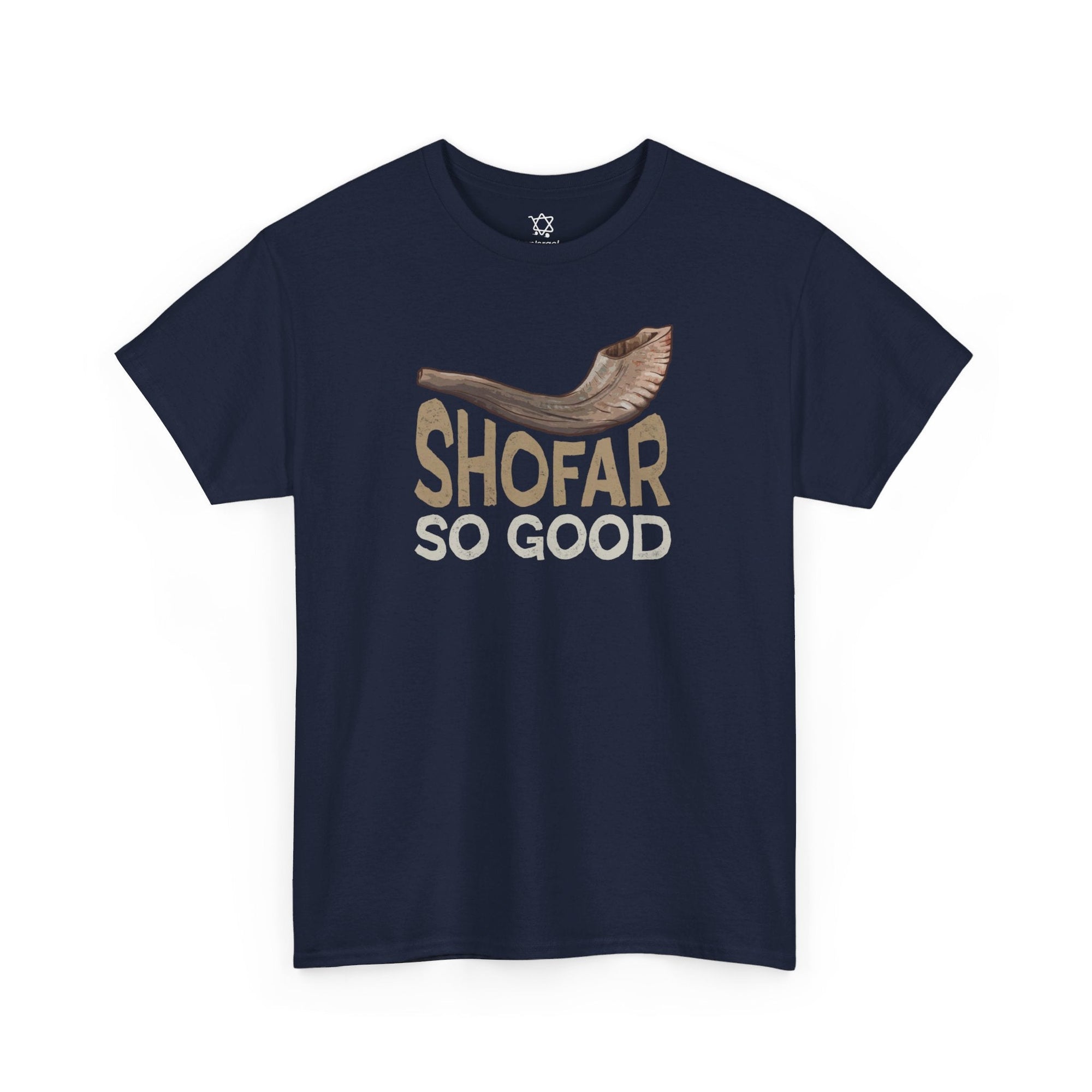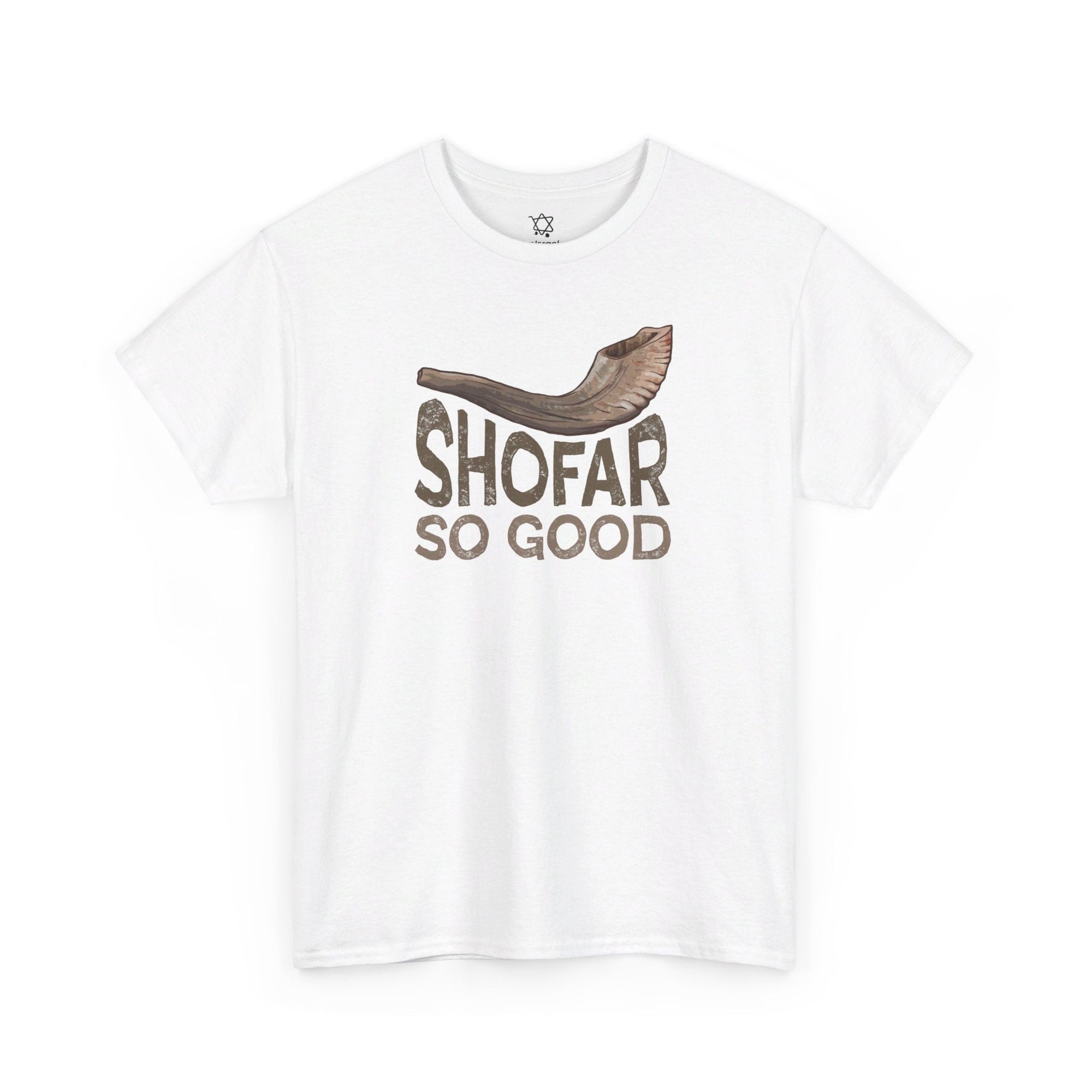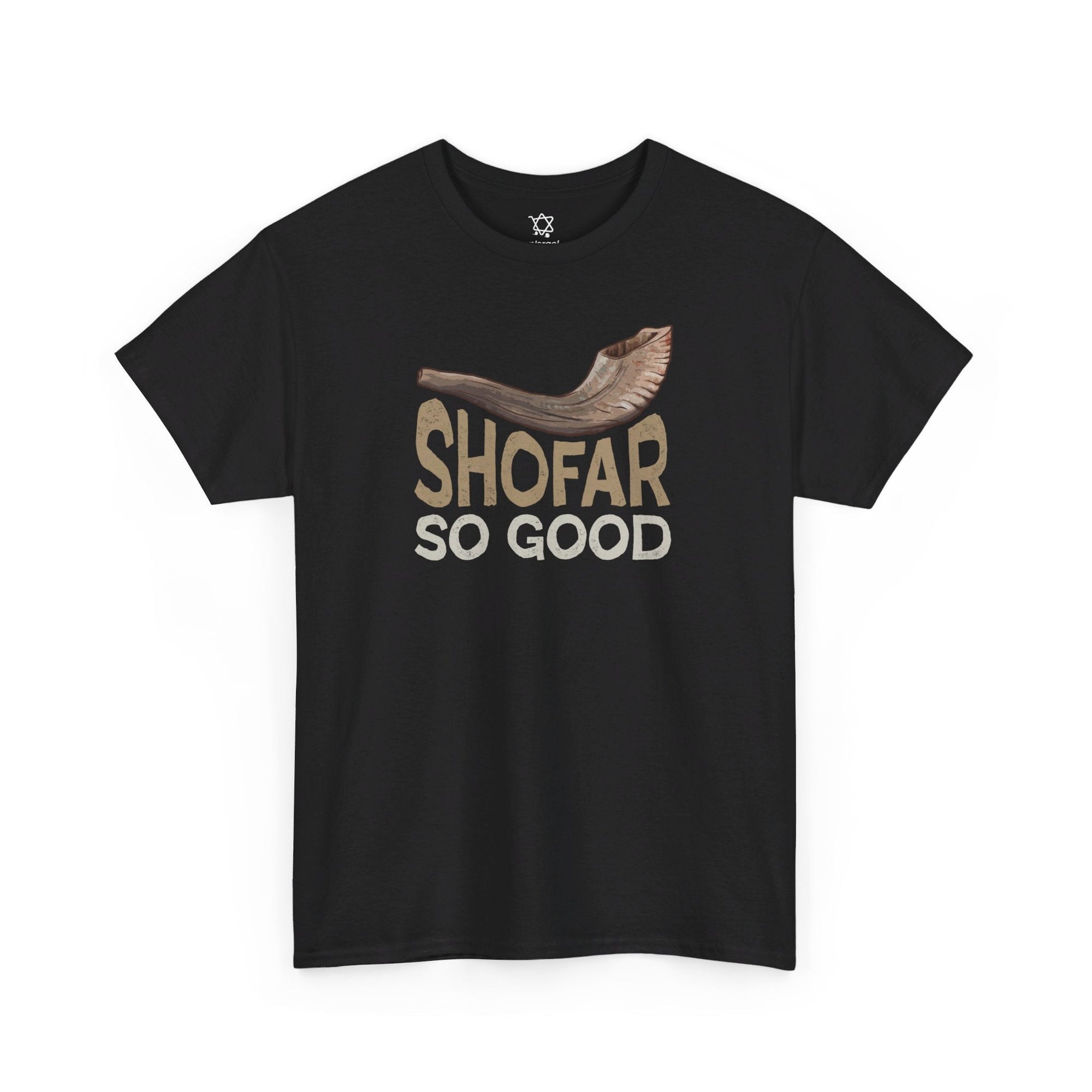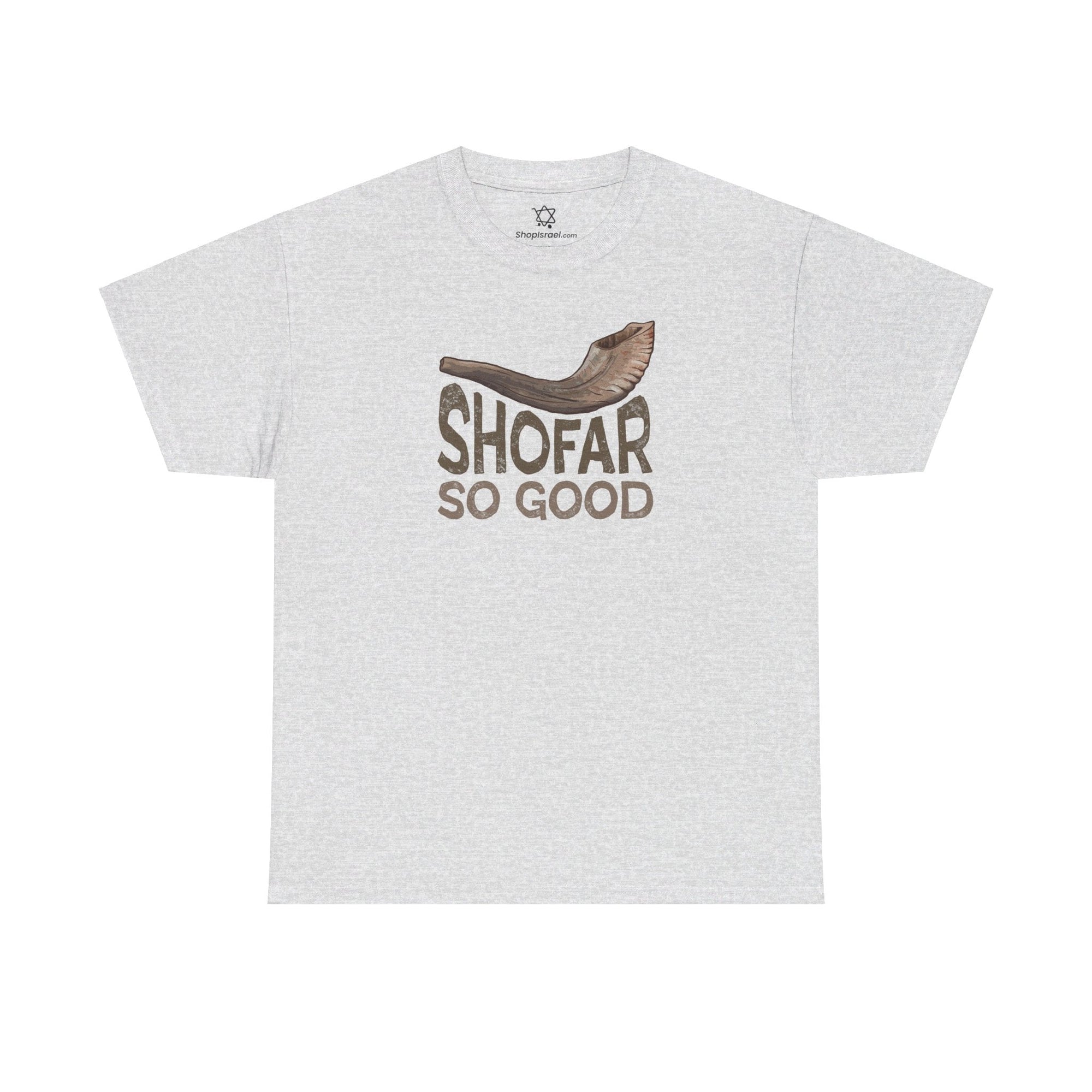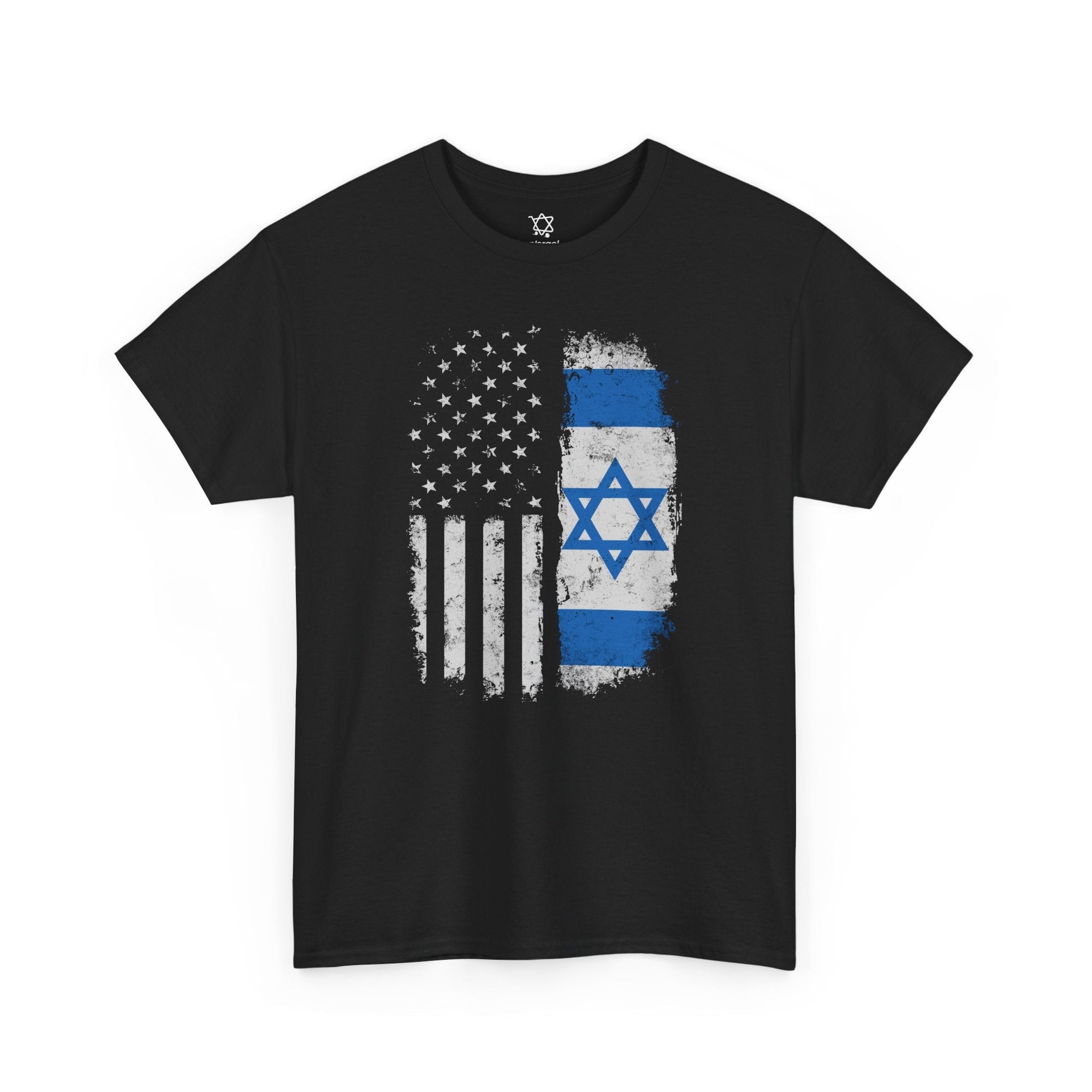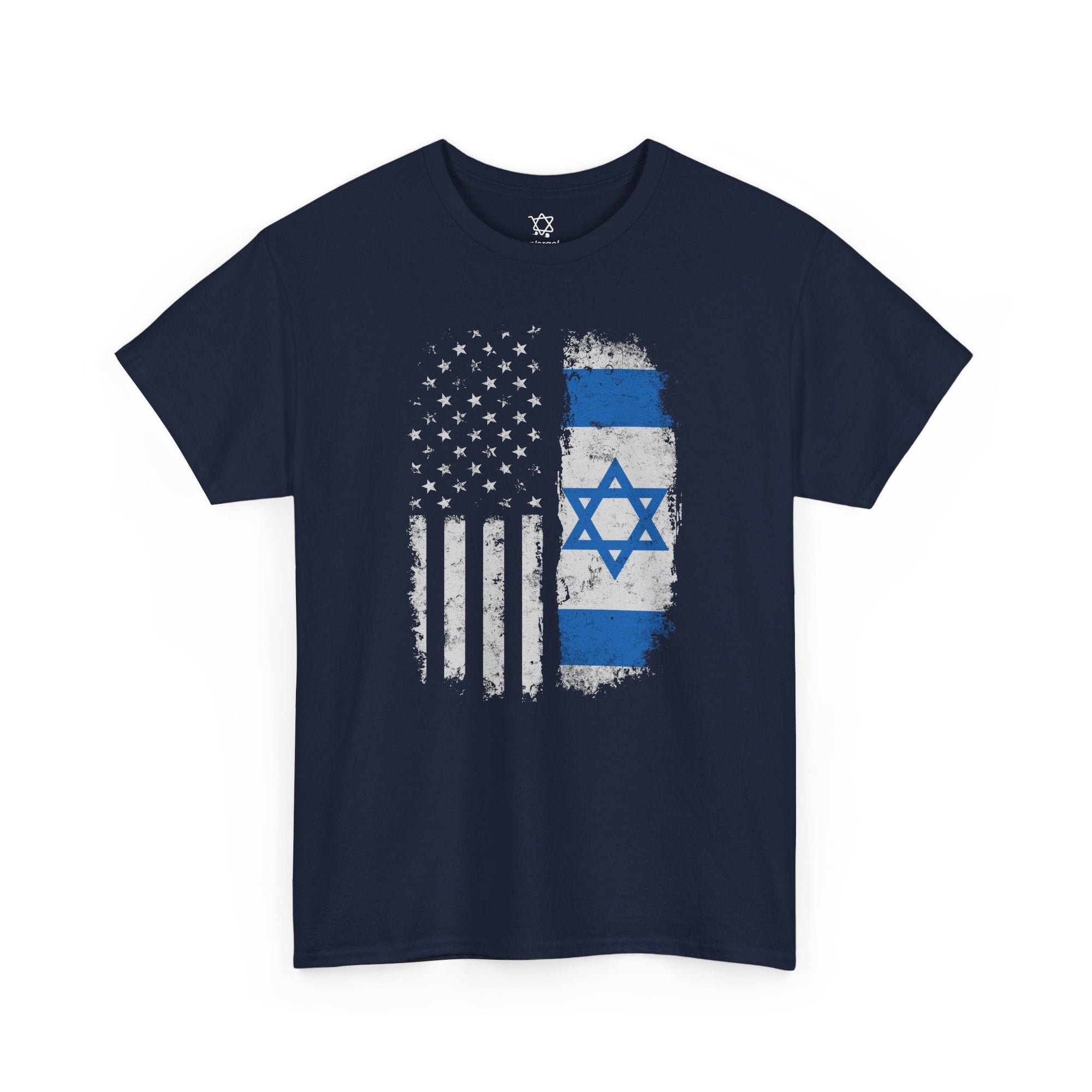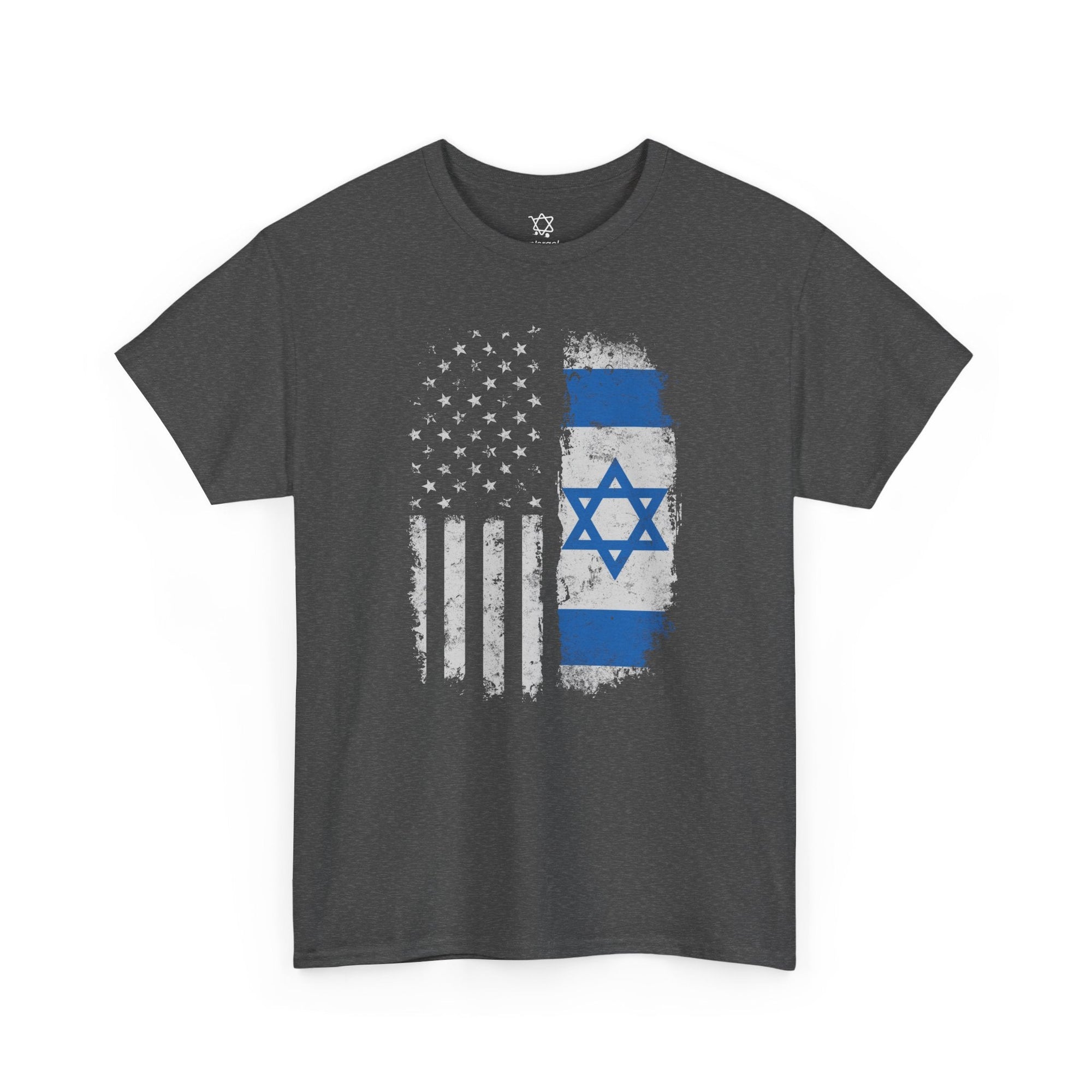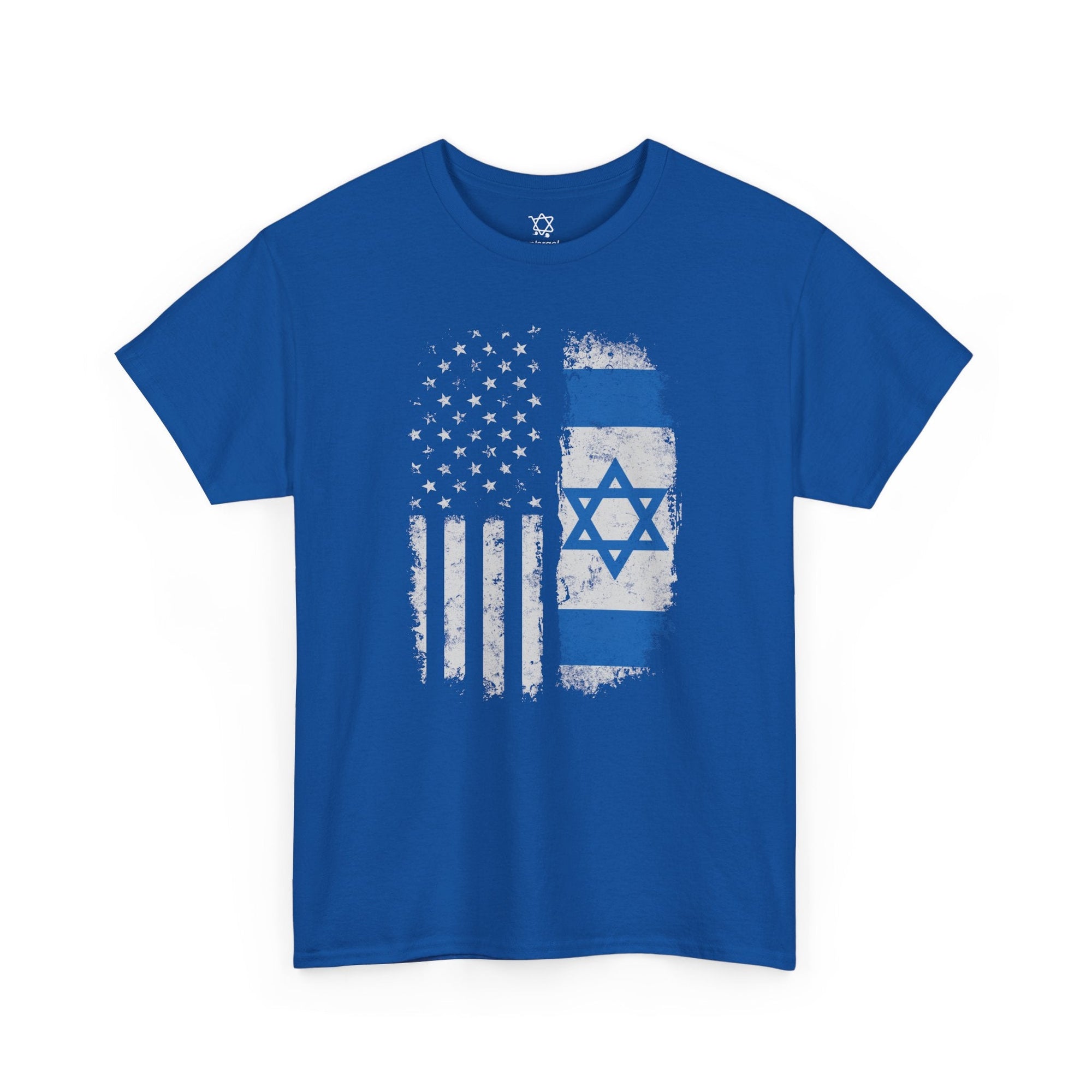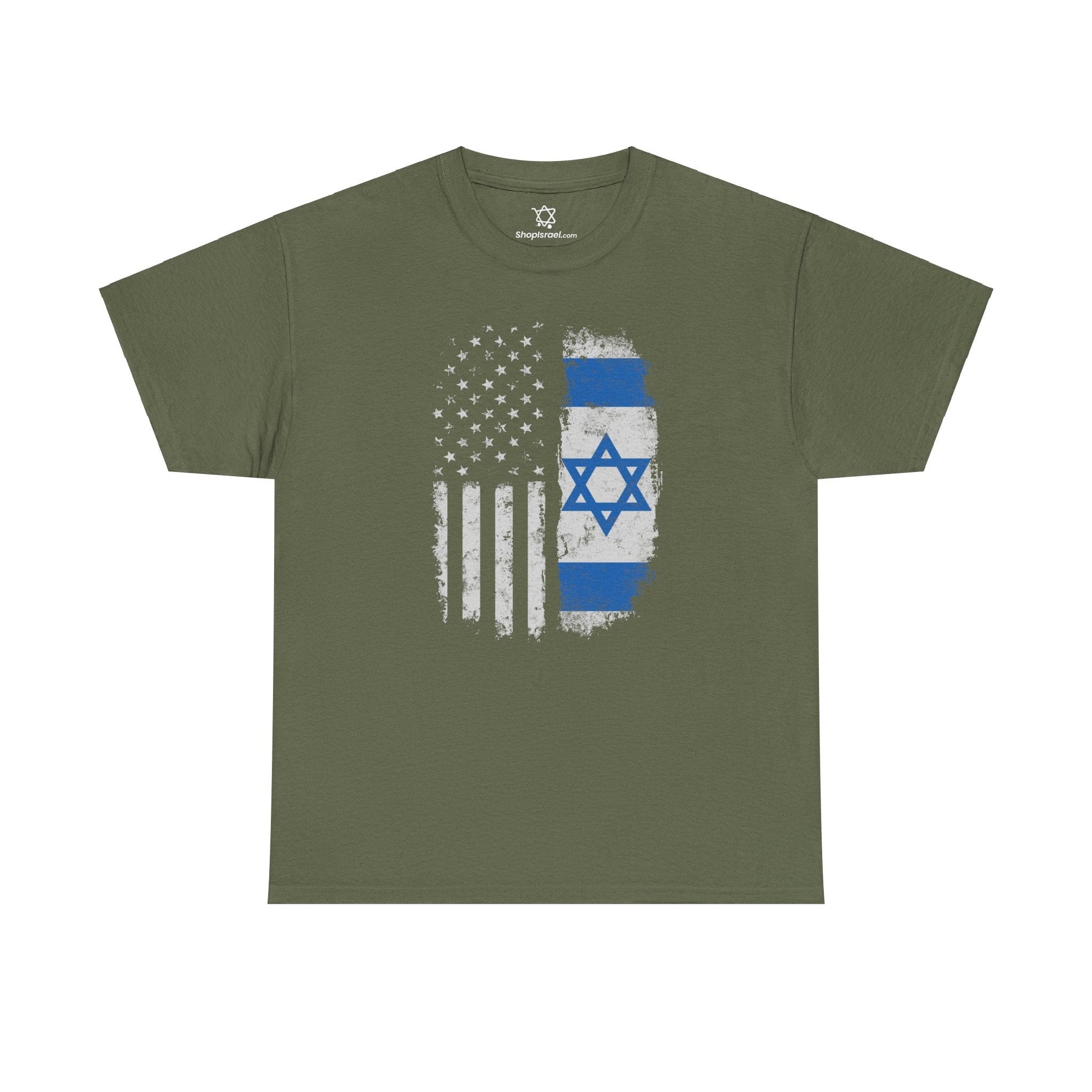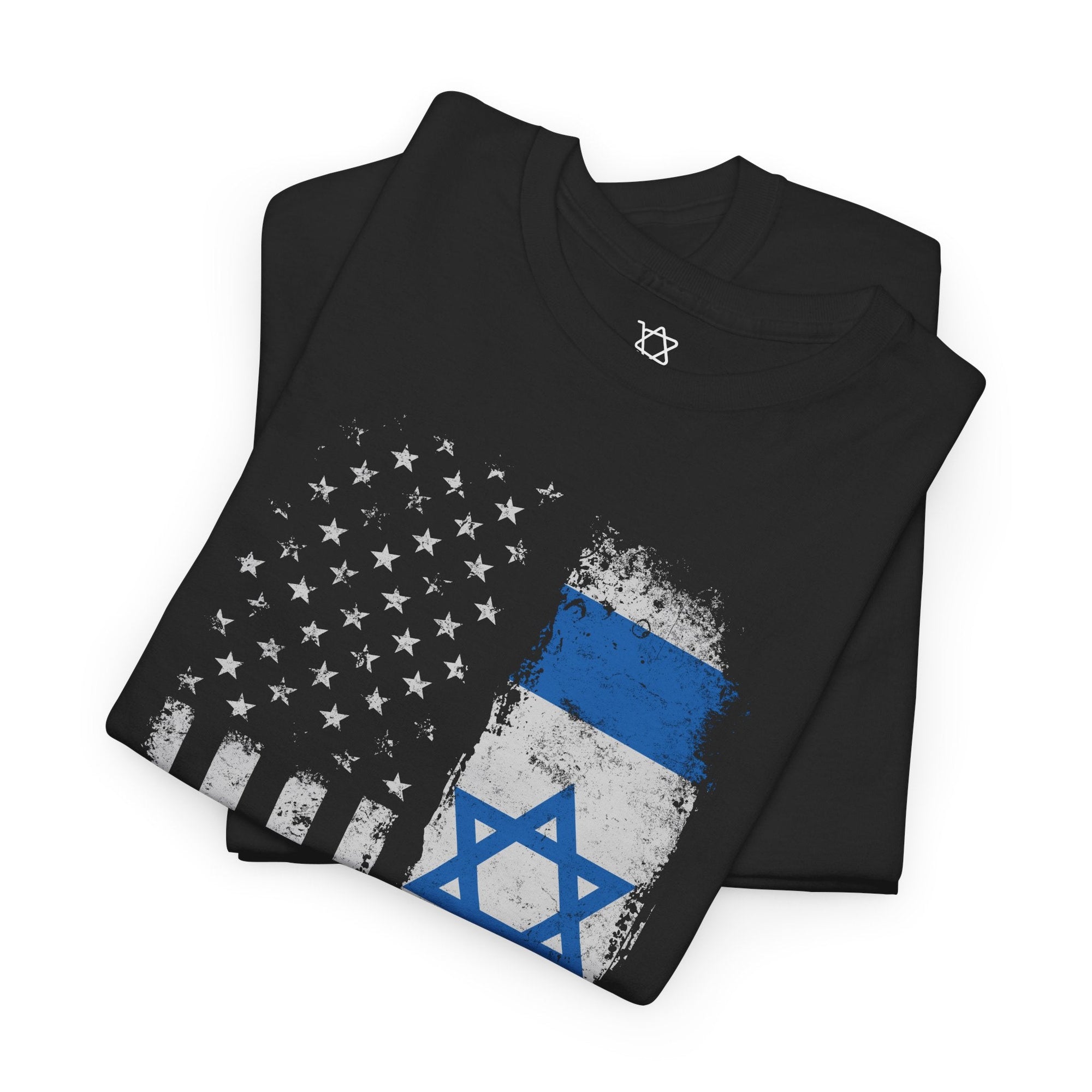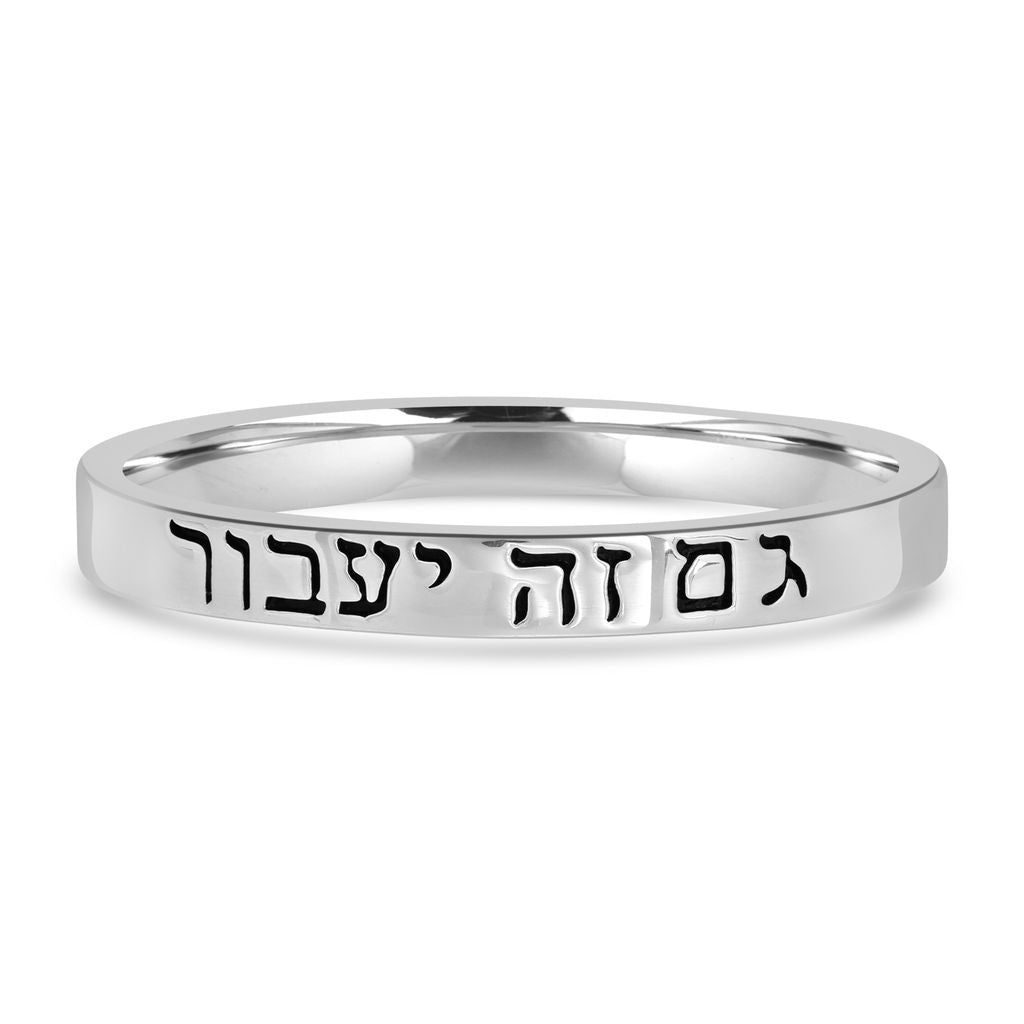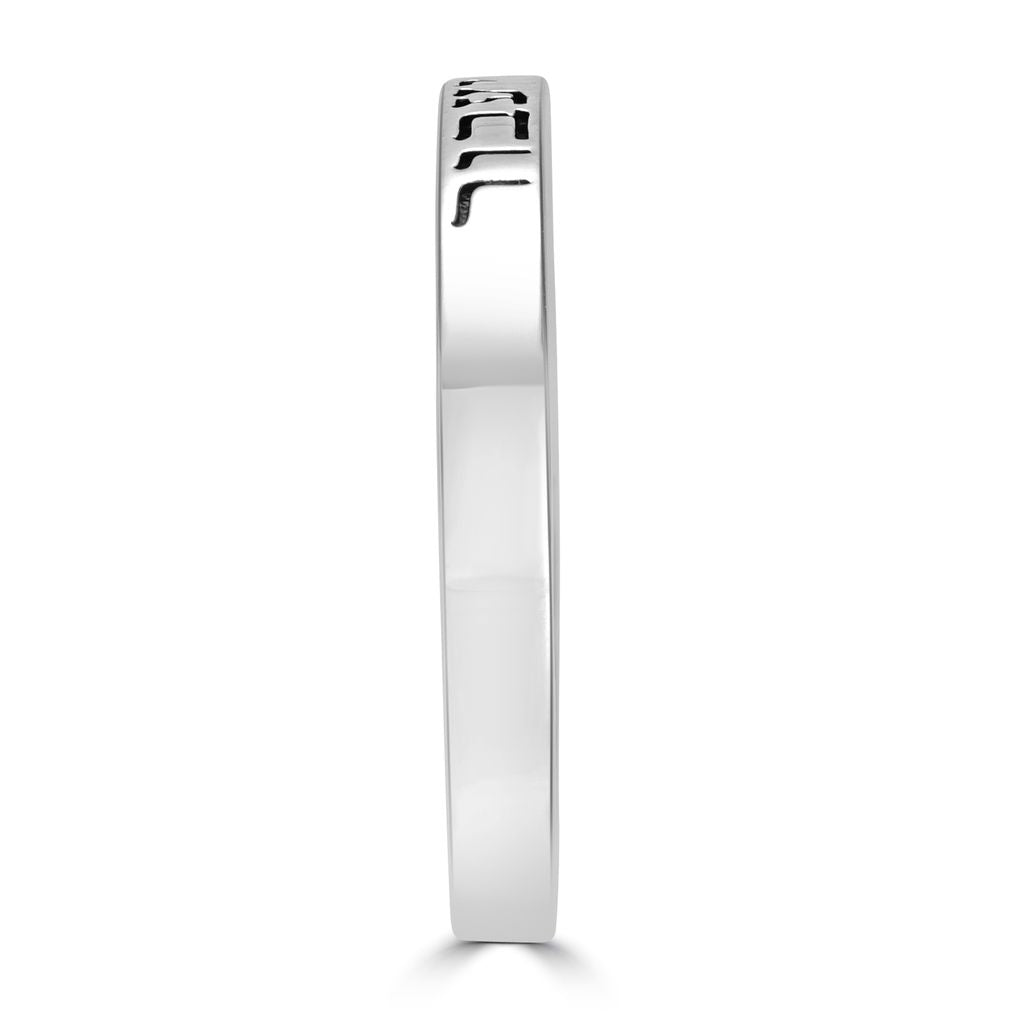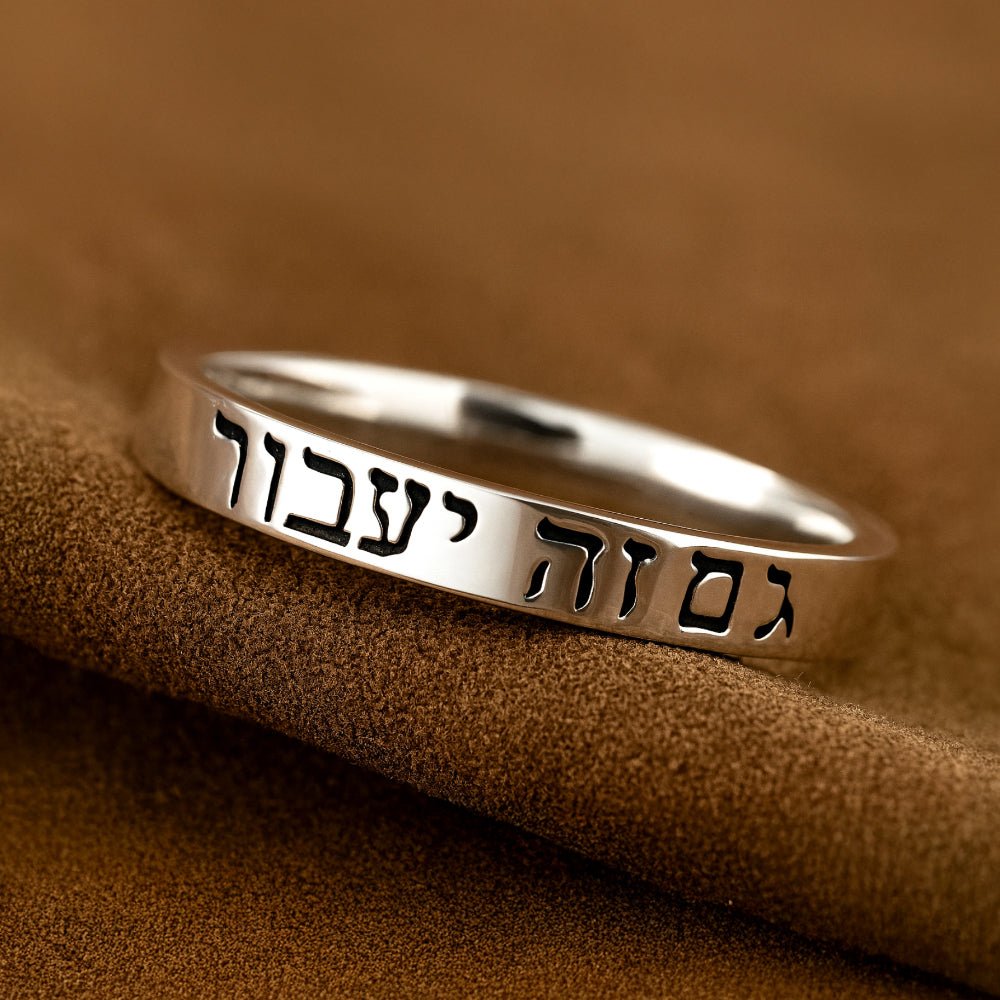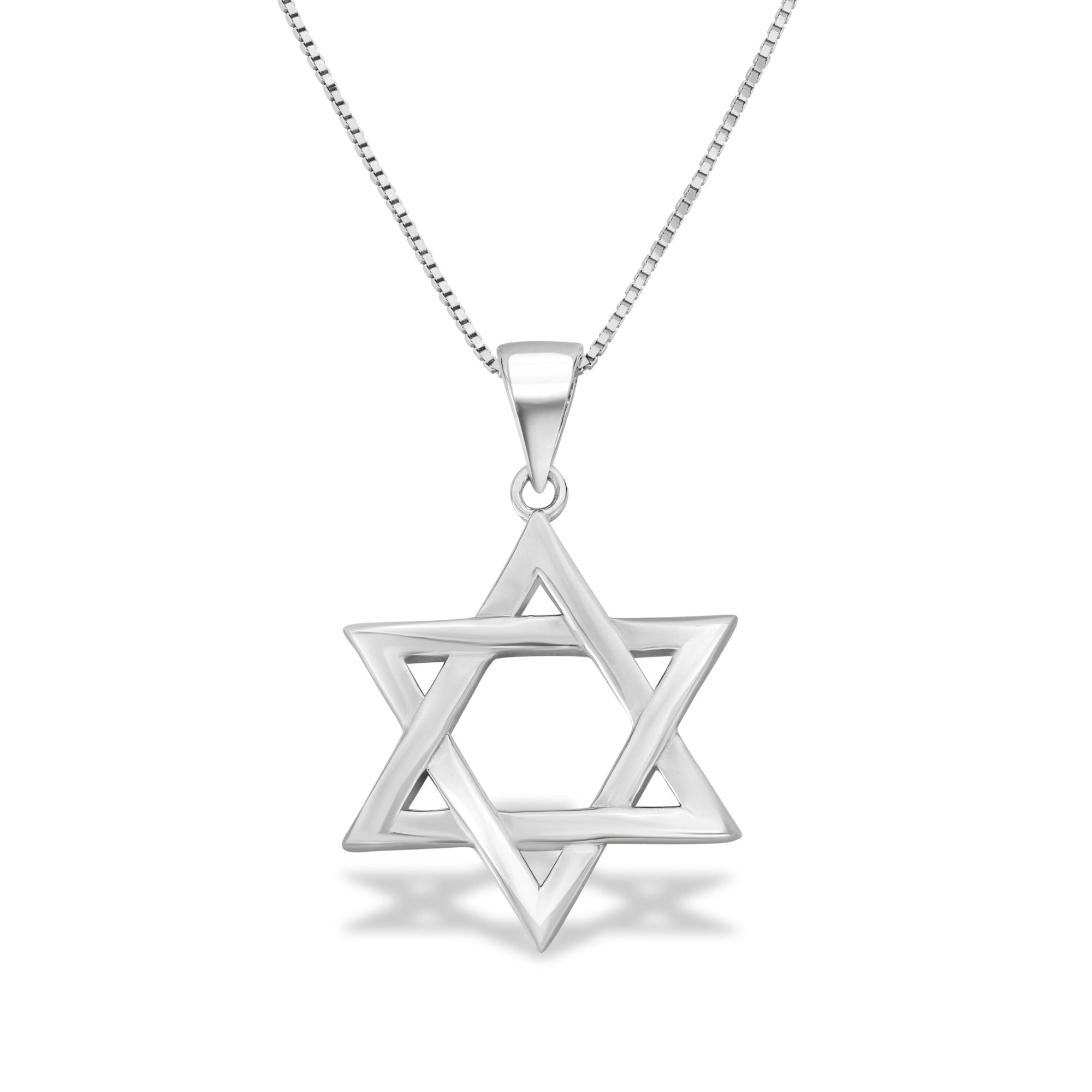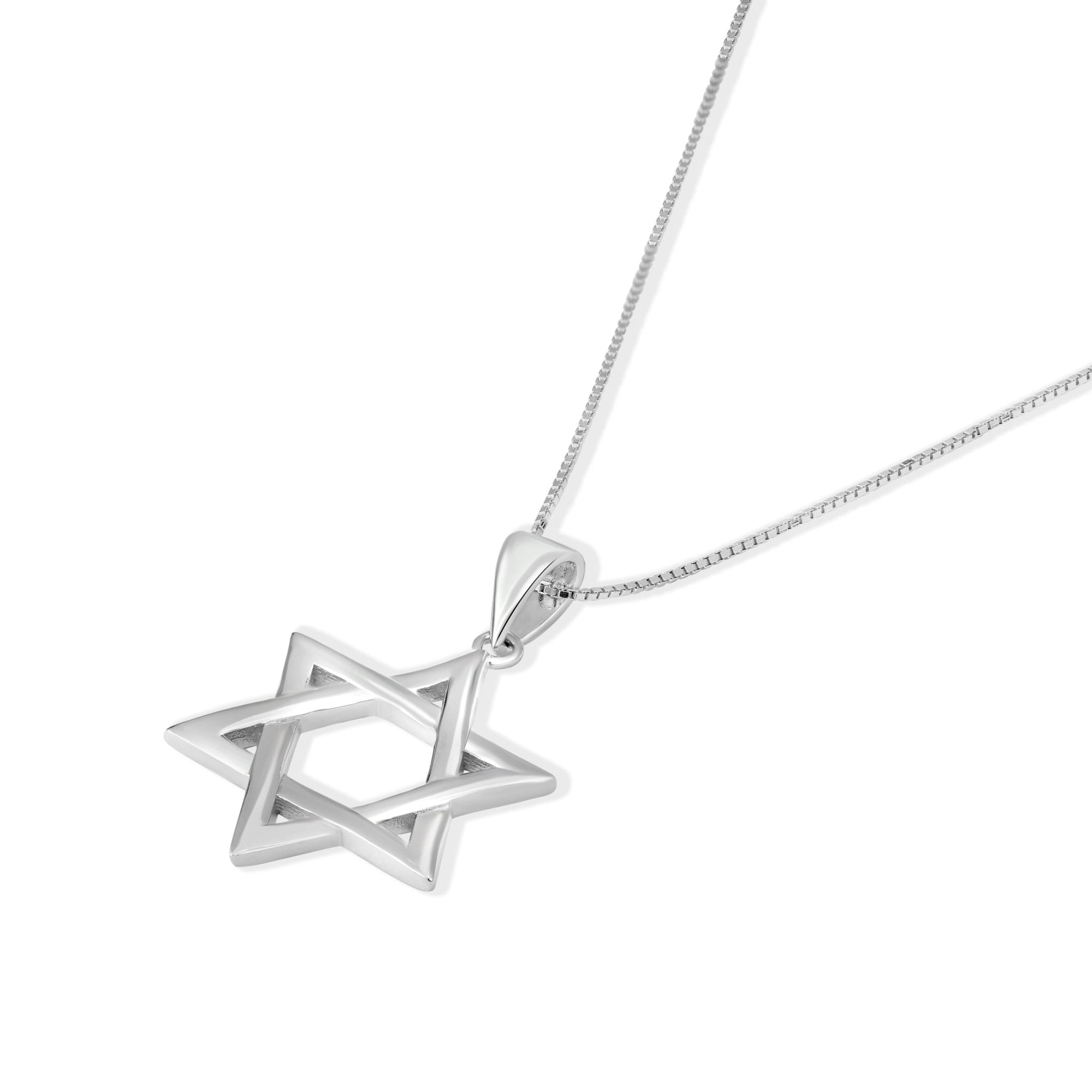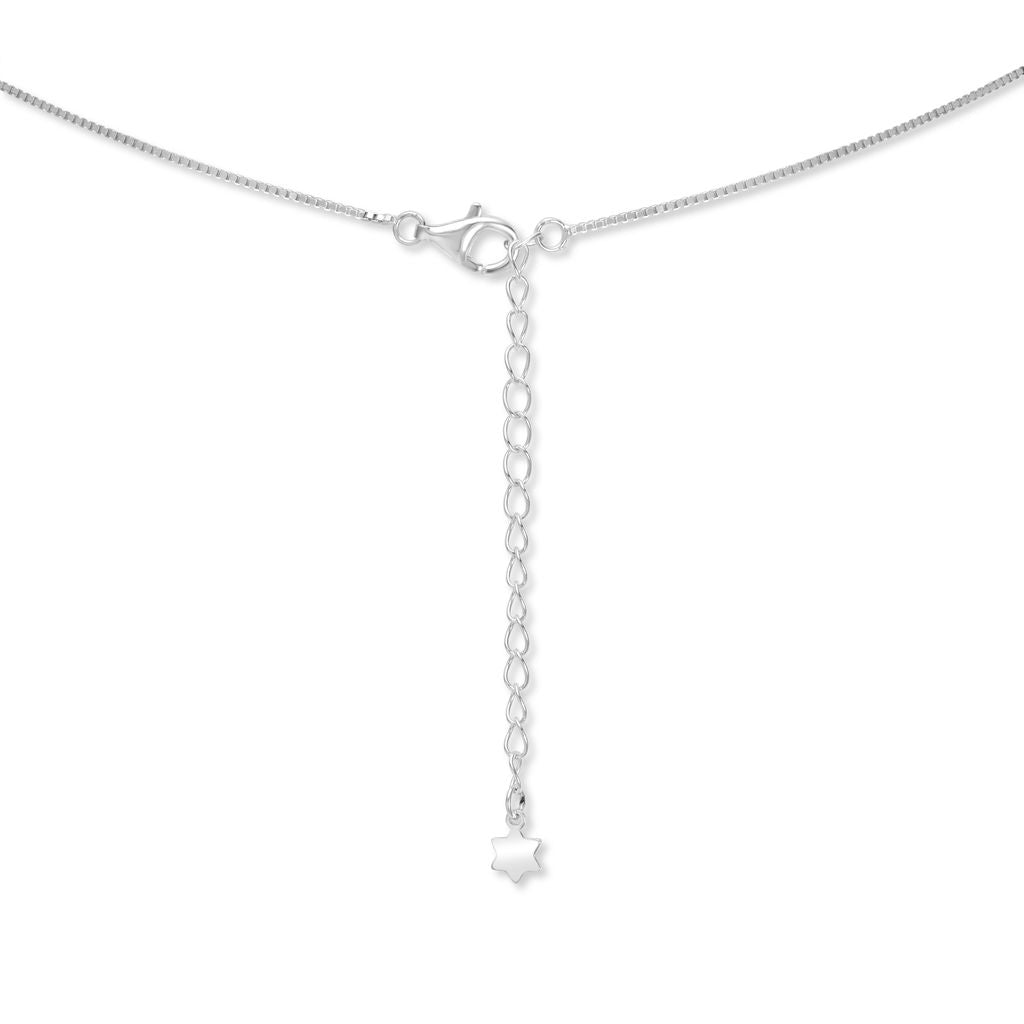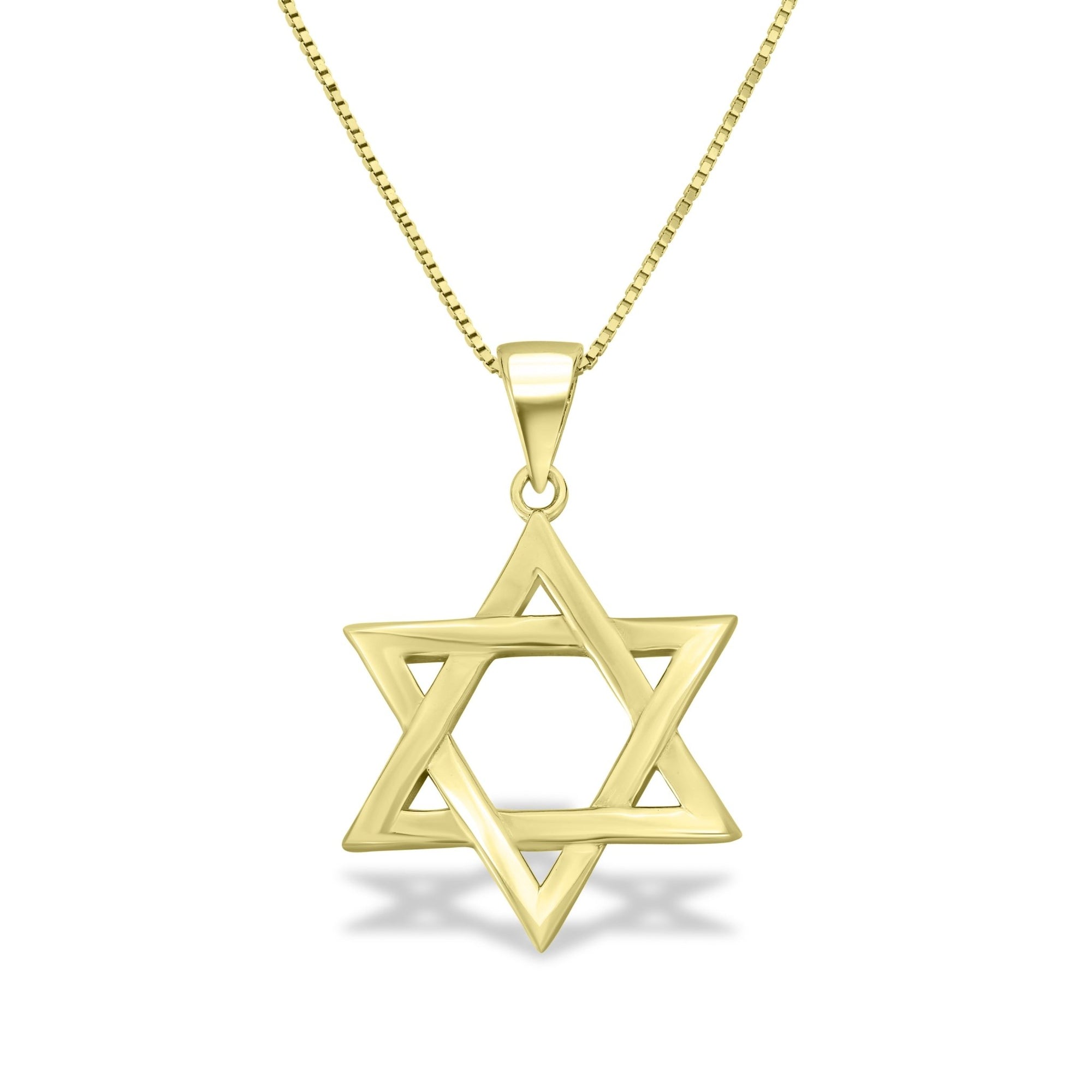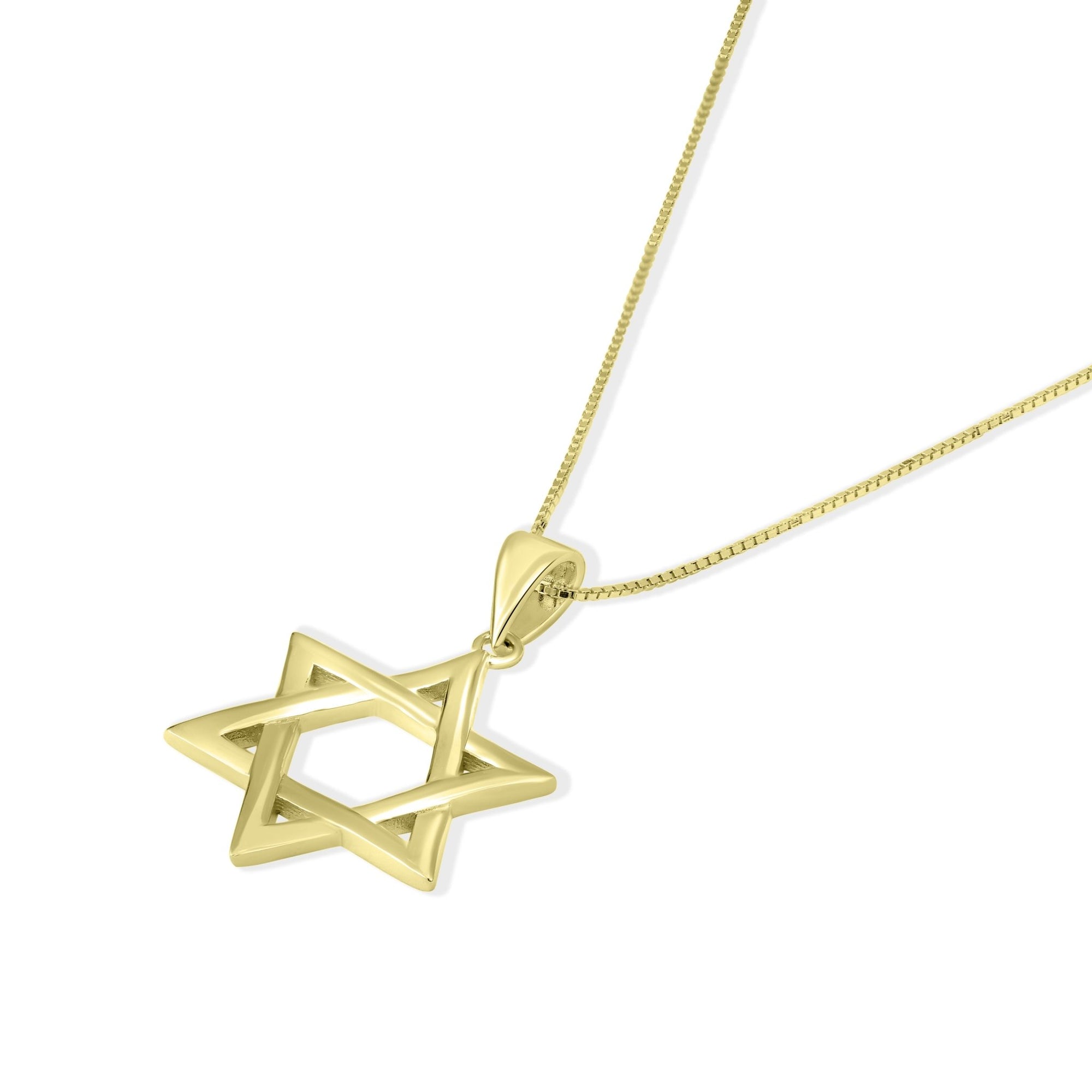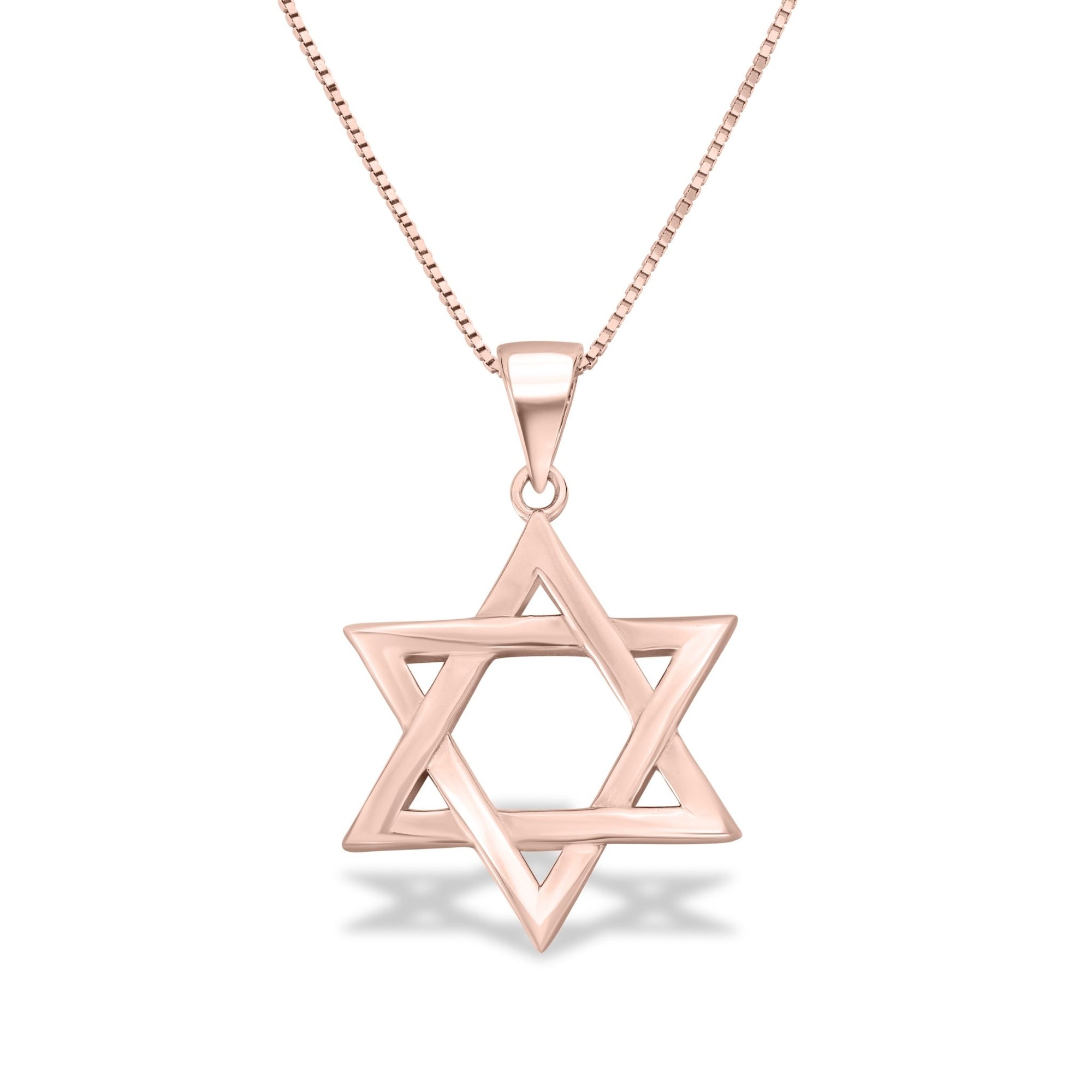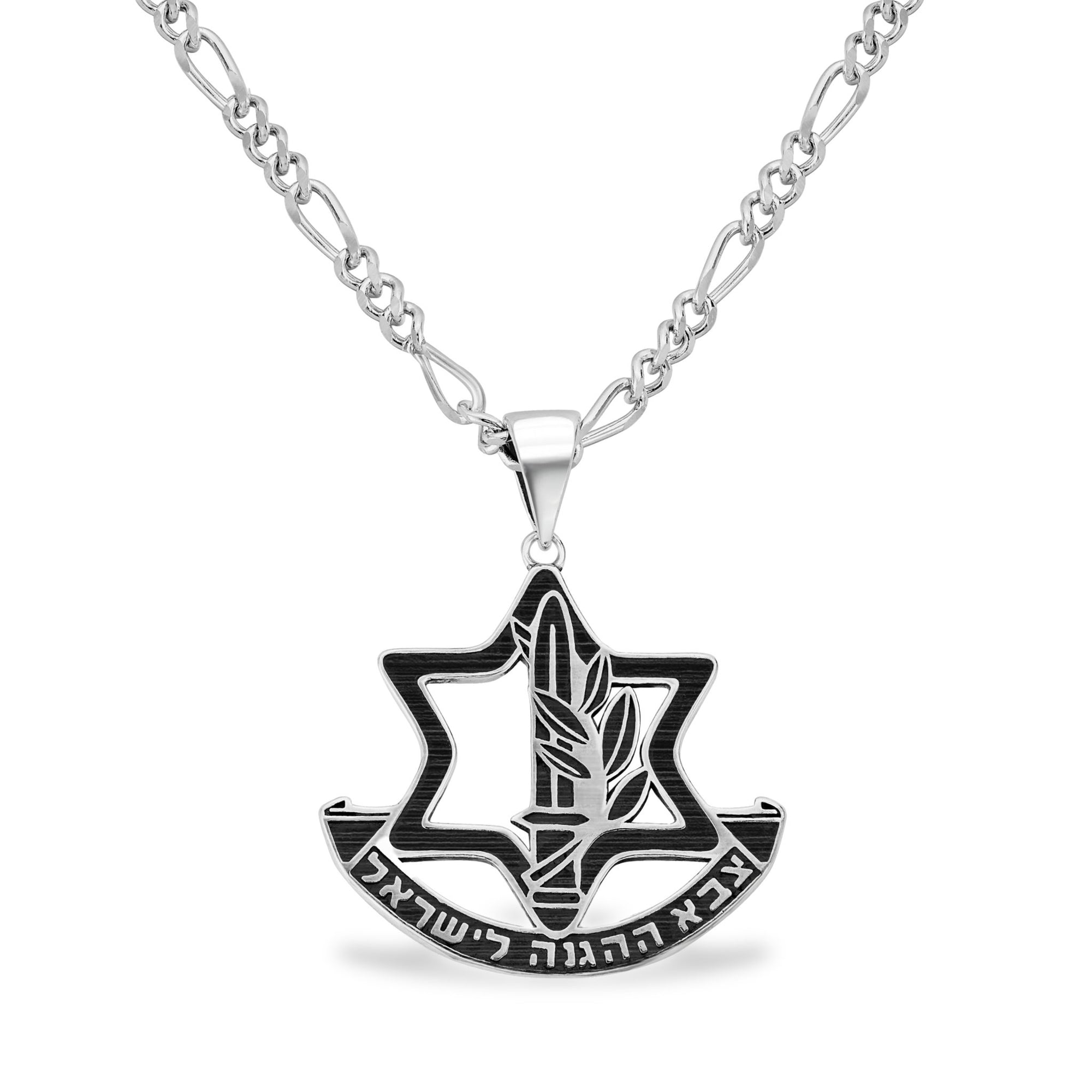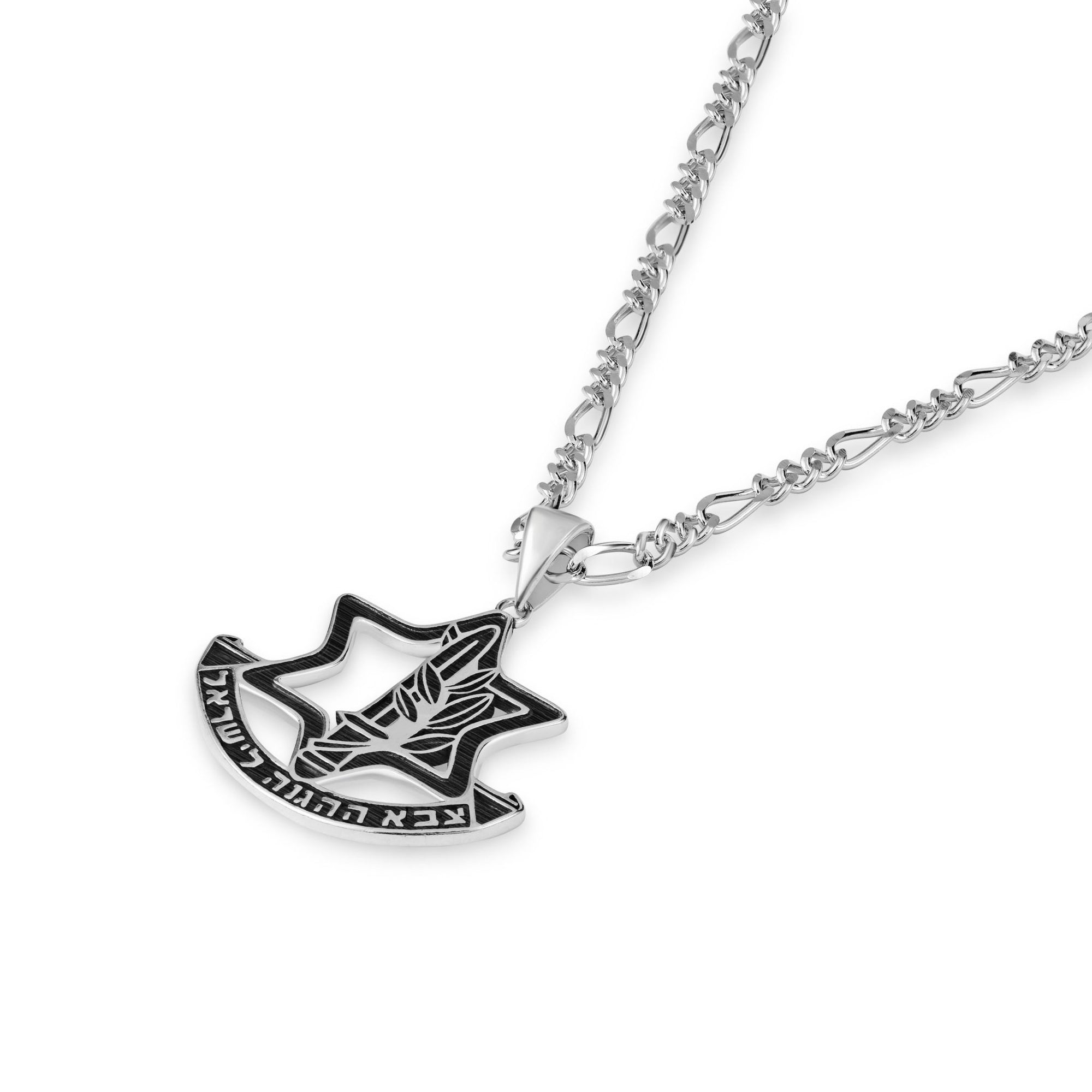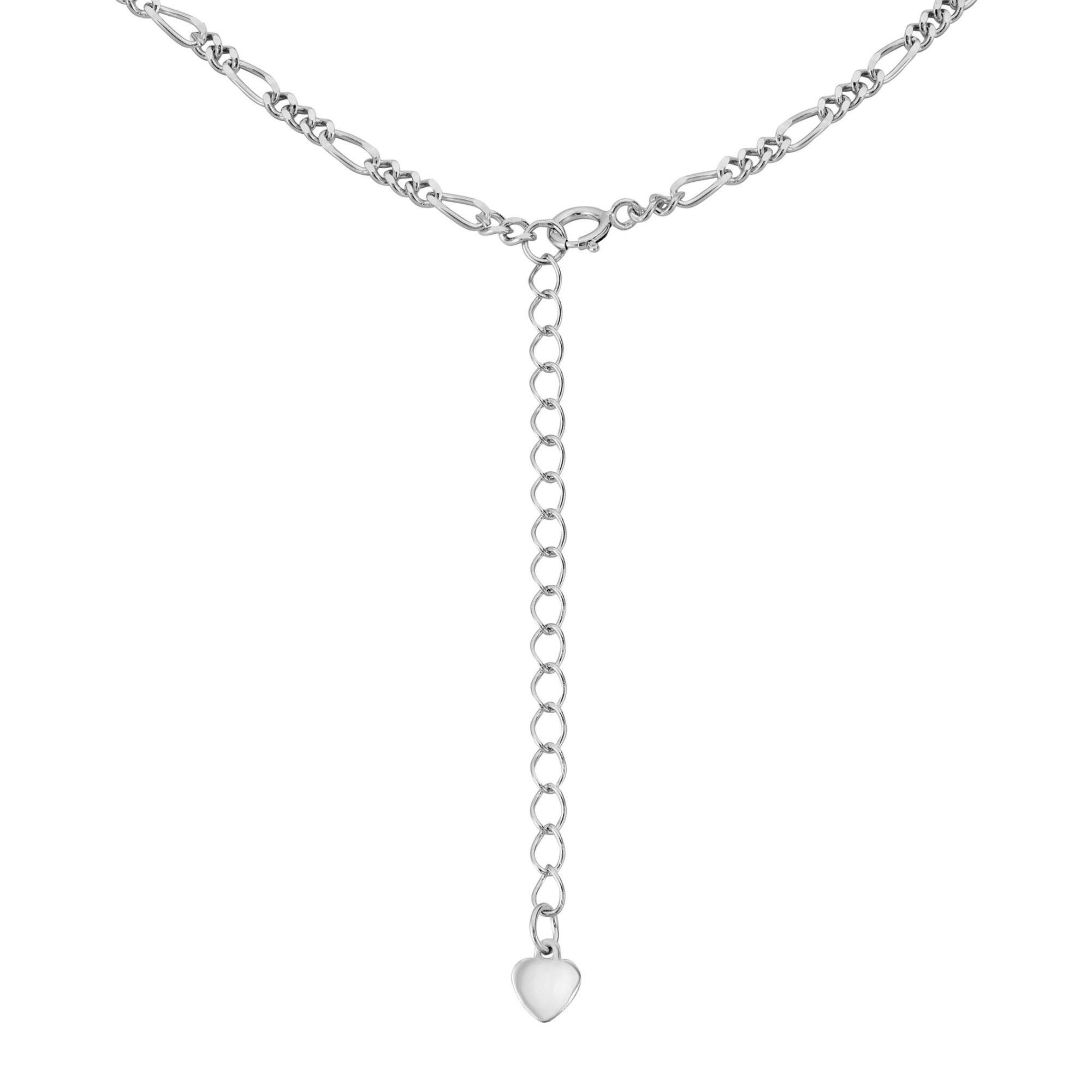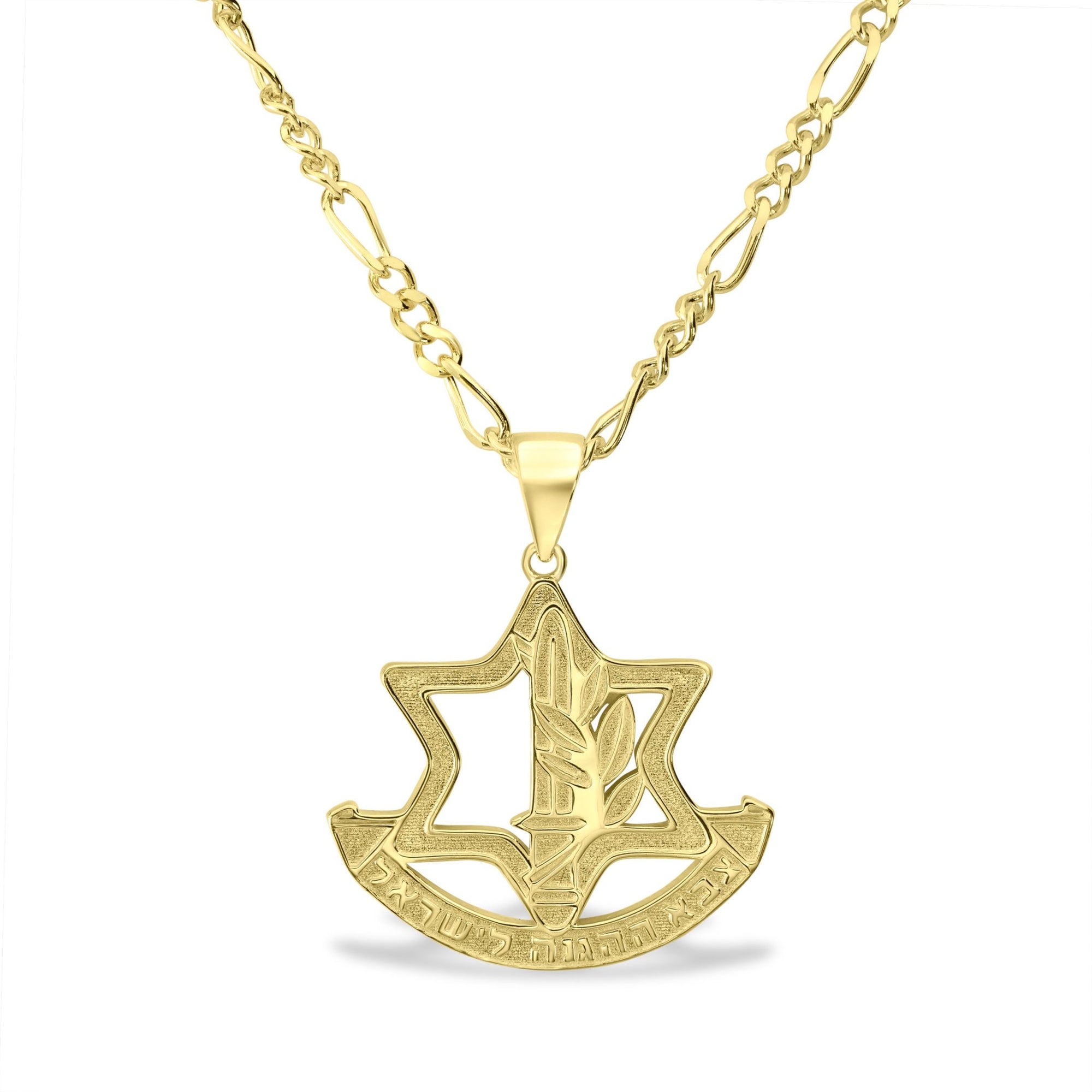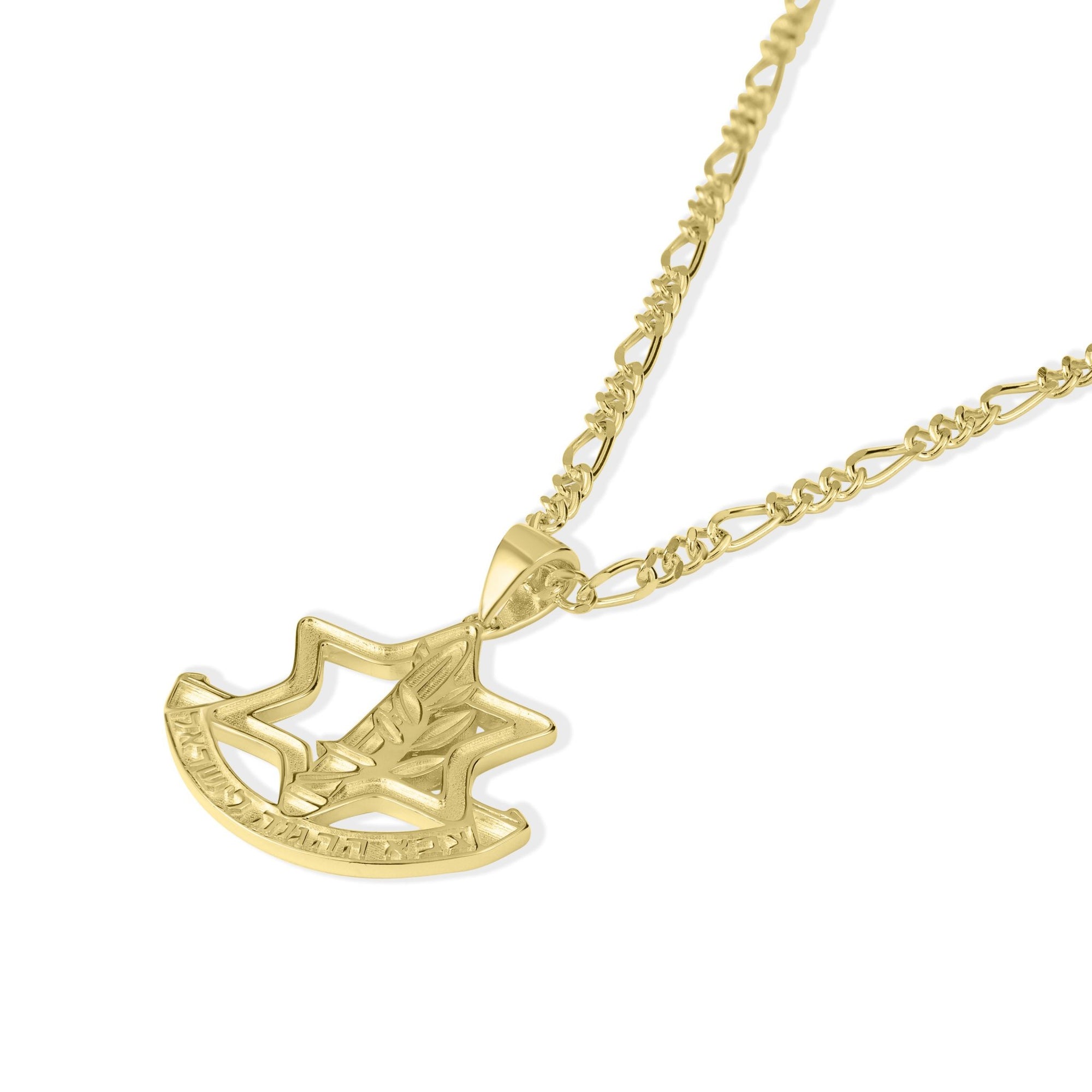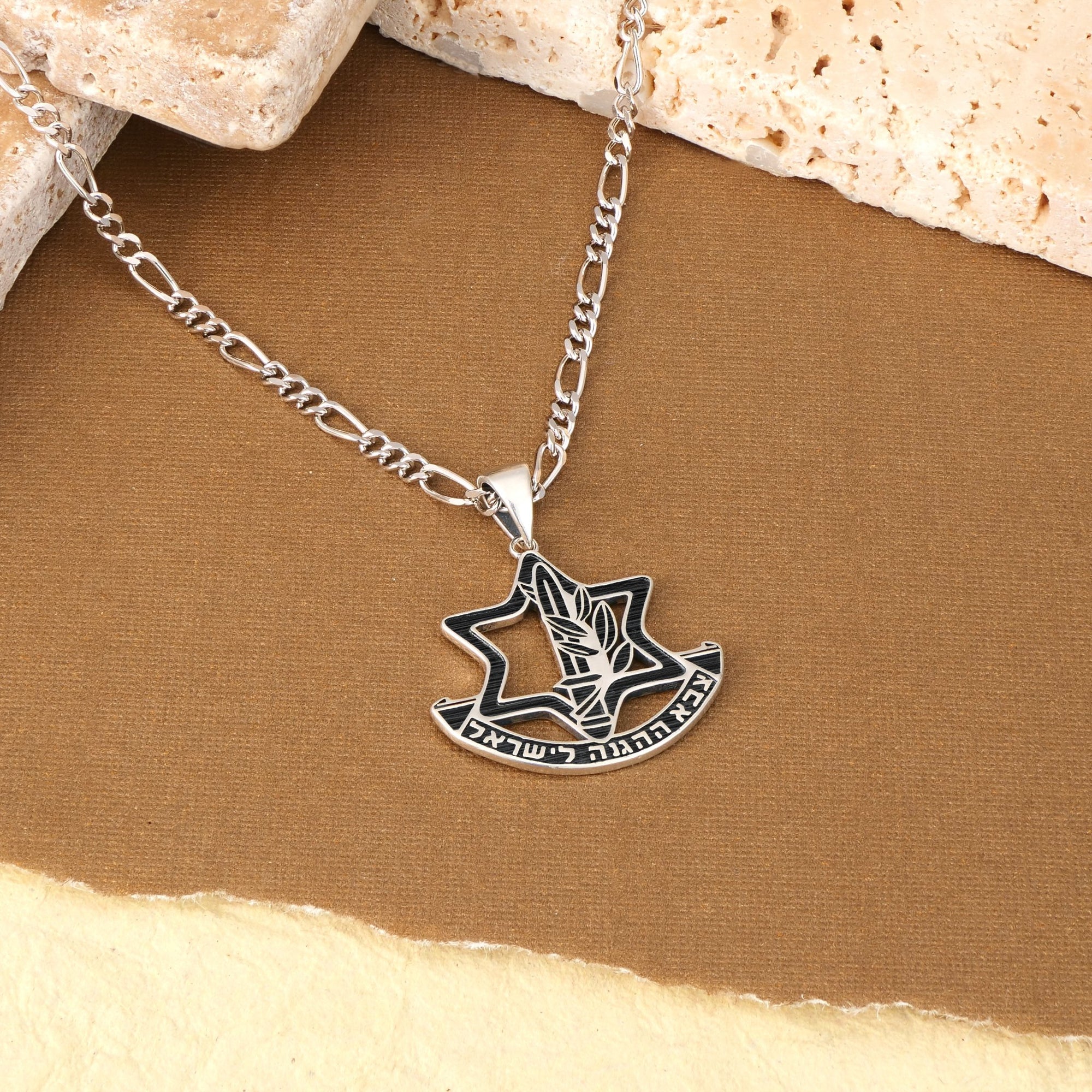Unraveling the Fabric of Political and Cultural Expression
Fashion has long transcended mere adornment, becoming a compelling visual language that narrates stories of identity, resistance, and aspiration. Within the complex and often contested realms of Zionism and peace, clothing serves not only as a reflection of personal and collective histories but also as a potent symbol of political expression and cultural dialogue. From the traditional Palestinian thobe and the emblematic keffiyeh to global peace signs and activist attire, the garments we wear speak volumes about the struggle, solidarity, and hope that define these intertwined narratives. This article explores how fashion encapsulates cultural heritage, political activism, and the quest for peace, revealing the profound symbolism woven into threads and textiles across time and communities.
The Keffiyeh: From Practical Headdress to Symbol of Complex Identities
How have garments like the keffiyeh evolved, and what is their connection to Zionist, Palestinian, and regional identities?
The keffiyeh, a traditional checkered headscarf, has a rich and complex history rooted in the Middle Eastern desert cultures. Originally, it served as a practical garment worn by Bedouin tribes to protect against the harsh sun, wind, and sand. Its striped patterns and foldings were crafted for adaptive protection, making it an essential item in desert life (Keffiyeh origins, Kaffiyeh symbolism).
In the early 20th century, the keffiyeh transcended its utilitarian origins when Jewish Zionist settlers and leaders, including prominent figures like Chaim Weizmann, adopted it as a symbol of their connection to the land and culture of Palestine. Jewish immigrants and members of Zionist military organizations, such as the Hashomer and Palmach, wore it to express authenticity and local belonging, blending the traditional garment into their emerging national identity (History of the keffiyeh among Jewish Zionists, Jews wearing keffiyehs in the early 20th century).
However, as regional political movements gained momentum, the symbolism of the keffiyeh shifted. By the 1930s, it became a prominent symbol of Palestinian nationalism, representing resilience and defiance against colonial and imperial forces. The pattern, especially the black-and-white variation, was associated with the Palestinian struggle for self-determination, justice, and cultural identity. This transformation was partly driven by the Arab revolts of 1929 and the rising tide of Palestinian resistance (keffiyeh as Palestinian symbol, Keffiyeh origins).
A pivotal moment in this evolution was the influence of Yasser Arafat, who popularized the wearing of the keffiyeh during the 1950s and 1960s. His iconic styling, often with the scarf folded to outline the Holy Land and with specific styling techniques, made it a symbol of resistance and national pride. From that point onward, the keffiyeh became a political emblem beyond regional boundaries (Yasser Arafat and the keffiyeh, Palestinian traditional clothing).
Today, the keffiyeh is emblematic of Palestinian identity, embedding layers of cultural pride, political resistance, and historical memory. Its symbolism extends to global contexts, often worn by activists and supporters expressing solidarity with Palestinian causes. Nonetheless, it also appears in Israeli and tourist settings, where its meaning can become ambiguous or detached from its original political connotations (Jewish leaders wearing the keffiyeh, Keffiyeh in early 20th century Jewish youth movements).
The garment’s journey from a simple desert protection cloth to a layered symbol of national and cultural identity exemplifies how clothing can evolve into powerful political icons. The keffiyeh’s complex symbolism underscores the entwined narratives of Zionist aspirations, Palestinian resilience, and regional dynamics, making it a potent, multilayered emblem of identity and resistance (Fashion and political expression, Fashion is political).
The Palestinian Thobe: Embroidery as Cultural Resistance and Identity
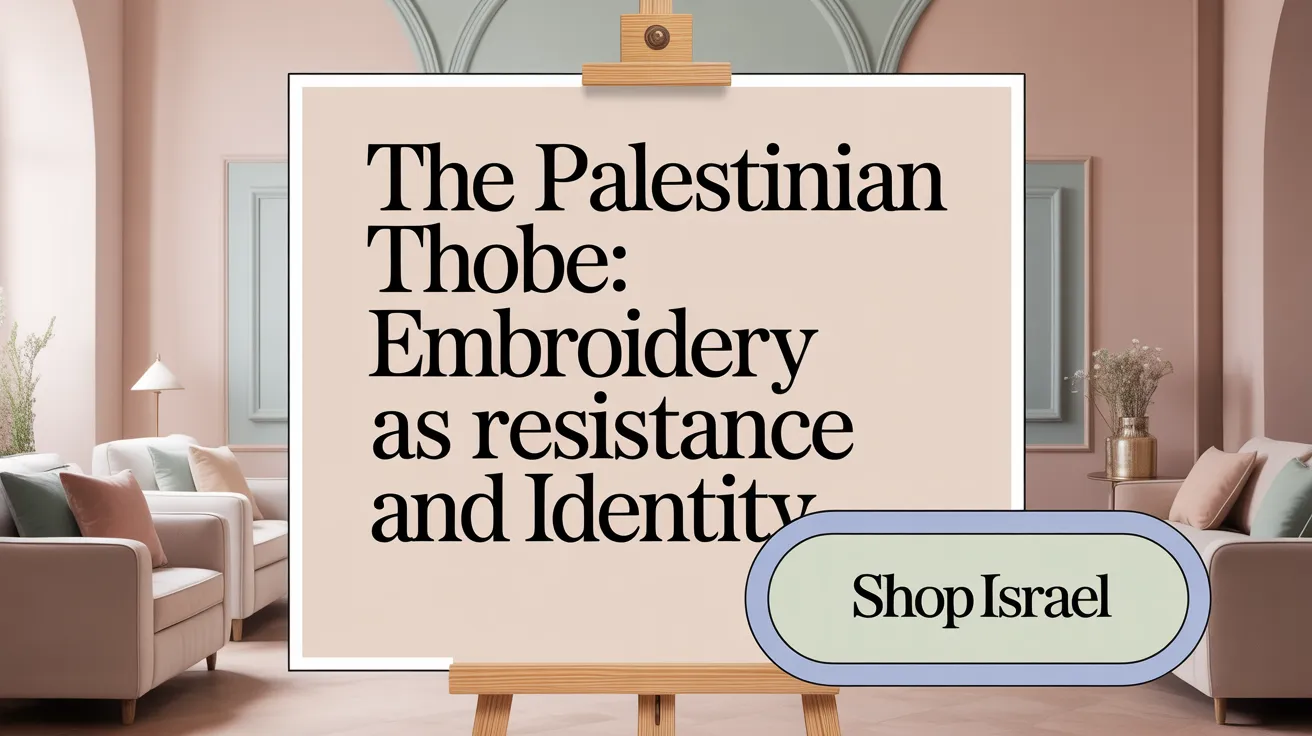
What is the cultural, historical, and symbolic significance of clothing styles associated with Zionism and peace, including traditional garments and symbols?
The Palestinian thobe, a traditional dress with elaborate embroidery, holds profound cultural, historical, and political meaning. Its intricate designs and regional motifs act as a visual language, revealing the wearer's origin, social status, and life milestones.
Historically, the embroidery—known as Tatreez—featured motifs derived from local flora and fauna, serving as amulets to ward off evil and bad luck. These patterns varied from one Palestinian community to another, creating a rich tapestry of regional identities.
After the 1948 Nakba, when Palestinians faced displacement, the thobe gained political significance. It transformed from everyday clothing into a powerful symbol of resistance, resilience, and cultural pride. During the intifadas, embroidered symbols like guns, doves, and national maps were incorporated into the designs, representing both defiance and hope for sovereignty.
Today, the thobe continues to serve as a symbol of Palestinian identity and activism. Many Palestinians, both in the homeland and in the diaspora, wear modernized versions of the traditional dress at social and political events, emphasizing cultural continuity and resistance.
In contemporary settings, the garment acts as a statement against cultural erasure and a declaration of national pride. Leaders and activists often don the thobe to highlight their heritage and advocate for Palestinian rights.
Its historical embroidery, regional variations, and recent adaptations reflect a deep connection to land, culture, and collective memory. The thobe embodies resilience, the ongoing struggle for recognition, and a desire for peace rooted in cultural affirmation.
More broadly, the Palestinian traditional clothing and embroidery styles (Tatreez) are recognized by UNESCO and reflect deep historical roots, with influences ranging from ancient Egyptian and Assyrian clothing to Ottoman-era fashions, indicating a long trajectory of cultural continuity and change.
Regarding the keffiyeh, it has evolved from a practical garment protecting against desert sand and sun to a complex emblem of identity. Its origins, including use by Bedouin tribes, Jewish Zionists in the early 20th century, and broader Palestinian adoption, highlight contested symbolism. The keffiyeh was even worn by early Zionist leaders as a symbol of local connection and practical attire but transitioned into a Palestinian national symbol notably associated with Yasser Arafat’s iconic imagery and the Palestinian liberation movement.
The black-and-white keffiyeh features distinct fishnet and olive leaf patterns, the latter symbolizing peace and the Palestinian olive cultivation heritage. This garment embodies resistance, national pride, and solidarity worldwide.
On the subject of peace symbolism, the peace symbol designed by Gerald Holtom in 1958 emerged from the Campaign for Nuclear Disarmament (CND) and has become a universal emblem of anti-war and nuclear disarmament movements. Its meanings permeate fashion and popular culture, appearing in jewelry, clothing, and branding, blending political message with aesthetic expression.
Fashion as a form of political expression demonstrates how clothing transcends mere utility to communicate identity, resistance, and solidarity. This is evident not only in the Palestinian thobe and keffiyeh but also in global movements where garments become statements against oppression, cultural erasure, and war.
These garments and symbols—whether the Palestinian thobe, the keffiyeh, or the globally recognized peace sign—intersect with history, politics, and culture to form powerful visual languages of identity, resistance, and the longing for peace.
Jewish Religious and Traditional Clothing: Faith, Identity, and National Revival

What is the historical context and significance of Jewish religious and traditional clothing related to Zionism?
Jewish clothing has long been a hallmark of faith, modesty, and cultural identity, rooted in biblical commandments and Jewish law. Traditional garments such as the kippah (skullcap), tallit (prayer shawl), and modest attire for women serve as visible expressions of religious devotion and community belonging.
Historically, Jewish dress also indicated social status and adherence to religious customs, with specific styles evolving over centuries of diaspora. Garments like the shtreimel (fur hat) or caftans among some communities further emphasized cultural identity (Jewish Clothing).
During the rise of Zionism in the late 19th and early 20th centuries, these traditional elements sustained their significance while also adapting to new social and political contexts. Many Zionist pioneers incorporated traditional dress in their efforts to forge a collective Jewish identity tied to the land of Israel.
Some early Zionists and settlers adopted local Middle Eastern attire, such as the keffiyeh, to emphasize their connection to Palestine’s land and culture. This blending of religious and regional dress created a symbolic unity—affirming Jewish roots in the land while also signaling cultural revival.
The use of traditional religious clothing in Zionist discourse underscored the desire to reconnect with ancestral practices and foster a sense of resilience amid diaspora dispersion. As Israel was established, these garments became symbols of national renewal, embodying the dreams and perseverance of Jewish communities committed to cultural continuity.
Today, the significance of Jewish clothing continues as both a religious obligation and a cultural statement, linking faith with national identity and the ongoing story of revival and resilience in Israel.
Peace Symbols in Fashion: The Iconic Emblem and Its Cultural Journey
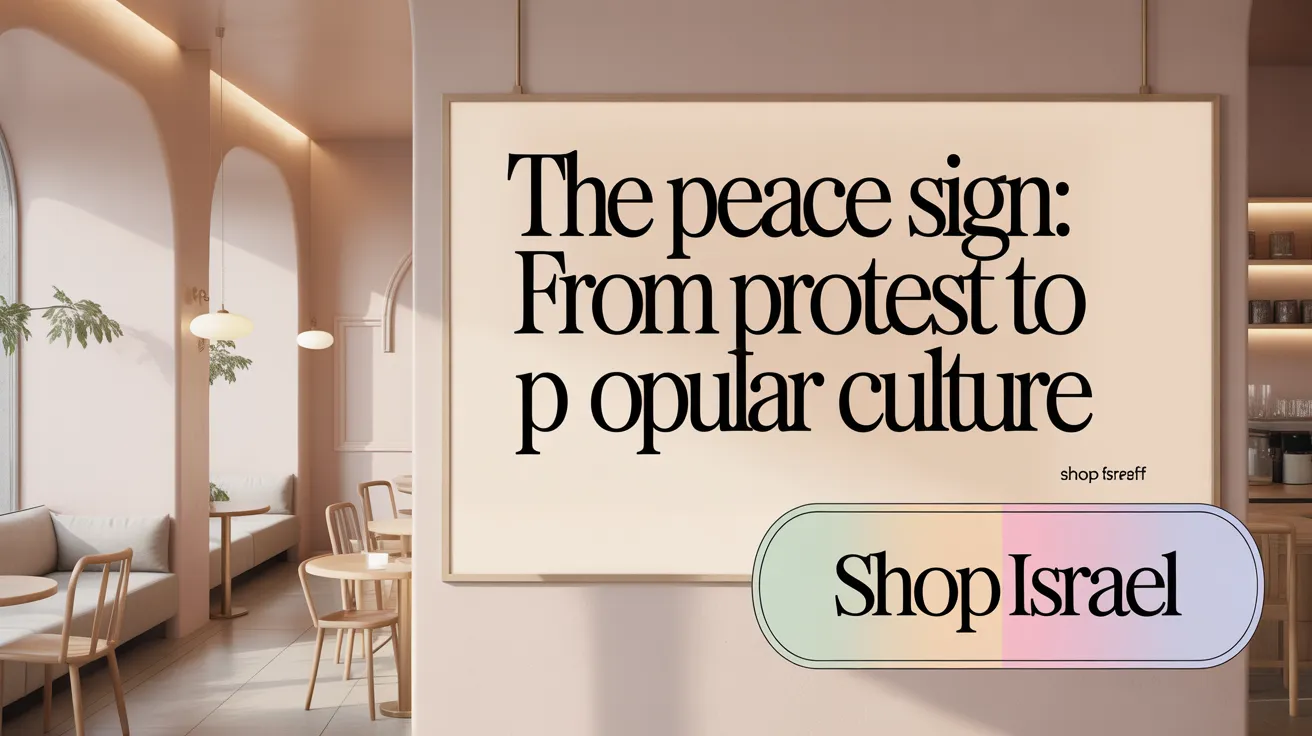
What is the symbolism of peace in fashion, including peace symbols, jewelry, and clothing designs, and what is their cultural significance?
The peace symbol, created in 1958 by artist Gerald Holtom, was initially designed as a visual message for nuclear disarmament protests organized by the Campaign for Nuclear Disarmament (CND). Holtom’s design combines the semaphore signals for the letters 'N' and 'D' enclosed within a circle, representing nuclear disarmament and despair. This powerful visual was meant to express hope for a future free of nuclear threat, reflecting widespread fears of nuclear war during the Cold War era.
The symbol quickly gained popularity beyond protest rallies. During the 1960s, it was adopted by the hippie movement and became a universal icon of peace, love, and anti-war sentiment. It was often worn as jewelry, printed on clothing, and used as badges, turning it into a fashion statement as much as a political one.
Over time, the peace symbol's reach expanded into mainstream culture, appearing on T-shirts, patches, and accessories. Brands recognized its powerful message and incorporated it into their designs, sometimes detached from its original anti-nuclear meaning. Despite this commercialization, the symbol continues to evoke ideals of harmony, nonviolence, and global solidarity as described in The Guardian’s report on 50 years of the peace symbol.
Today, the peace symbol remains relevant, serving as both a fashion motif and a reminder of ongoing struggles for social justice and peace. Its cultural significance endures as a visual language that transcends generations, encapsulating hopes for a more peaceful world through clothing and accessories. This enduring emblem illustrates how symbols can evolve, maintain relevance, and influence societal values through fashion, as discussed in The New York Times’ coverage of peace signs in fashion.
| Aspect | Details | Cultural Impact |
|---|---|---|
| Origin | Designed in 1958 for nuclear disarmament protests | Foundation of anti-war symbol |
| Design Meaning | Semaphore signals for N & D, symbolizing despair and disarmament | Represents hope and resistance |
| Adoption | Used by hippies, activists, and mainstream brands | Symbol of love, peace, and social activism |
| Commercialization | Featured on jewelry, clothing, and accessories | Blurring of protest message and fashion trend |
| Current Significance | Reflects ongoing desire for peace, seen in fashion and social movements | Cultural memory of activism and hope |
In summary, the peace symbol's journey from a protest emblem to a fashion staple exemplifies how visual symbols can carry layered meanings. Its continued use in fashion underscores a universal aspiration for harmony and resistance against violence, making it a powerful cultural and political statement that constantly evolves with society. For a deeper academic perspective on how fashion serves as political expression, see Fashion as a Form of Political Expression.
Fashion as Political Activism: Historical and Contemporary Perspectives
How has fashion been used as a medium for political activism and social protest, with historical and contemporary examples?
Fashion serves as a powerful channel for political activism and social resistance by allowing individuals and movements to communicate messages visually and symbolically. Throughout history, clothing has been more than just personal style; it has been a tool to showcase allegiance, challenge norms, and unite communities (Fashion and political expression).
Historically, the suffragettes of the early 1900s wore white dresses and sashes during marches, symbolizing purity and their fight for women's voting rights. These visually striking outfits helped draw attention to their cause and fostered a sense of solidarity (Suffragettes' white attire).
The Black Panther Party in the 1960s is another notable example. They used distinctive black leather jackets, berets, and sunglasses as uniforms that projected strength, solidarity, and pride. Their fashion choices were deliberate acts of resistance against systemic racism and stereotypes (Black Panther Party fashion).
In the realm of gender norms, the introduction of the tuxedo for women by Yves Saint Laurent in 1966 challenged traditional gender roles, turning fashion itself into a statement against social constraints (Fashion and politics intertwined).
Contemporary protest fashion continues to evolve, utilizing clothing to amplify social movements. Pink pussy hats, for example, became symbols of feminist unity during the 2017 Women’s March. Similarly, athletes and celebrities often wear slogans or culturally significant garments to highlight causes or stand against injustice (2017 Women’s March pink pussy hats; Slogan T-shirts and politics).
Fashion's accessibility and visual impact make it an effective platform for activism. Whether through uniforms, colors, or slogans, clothing has historically conveyed messages of defiance, hope, and solidarity. Today, turning clothing into a canvas for political expression remains a crucial aspect of social protest (Fashion is political).
| Historical Example | Modern Example | Symbolic Meaning |
|---|---|---|
| Suffragettes in white | Pink pussy hats | Women's rights, solidarity |
| Black Panthers' attire | Slogan T-shirts | Resistance, strength |
| Tuxedo for women (1966) | Protest accessories at rallies | Gender equality |
| Palestinian flags in art | Social media campaigns | Cultural identity, resistance |
Fashion’s role in activism underscores its enduring power to shape societal values, challenge injustices, and promote change through a visible and accessible medium (Fashion as Political Expression; Fashion as a form of Political Expression).
Cultural Appropriation and Misrepresentation of Palestinian Symbols in Zionist Narratives
Throughout history, Palestinian culture and its symbols have often been misappropriated or misrepresented within Zionist narratives, leading to a distortion of Palestinian identity and heritage. Traditional garments like the Palestinian thobe and cultural symbols such as the keffiyeh have become focal points of this cultural misappropriation.
In the early 20th century, Zionist movements and early Jewish settlers adopted local dress, including the keffiyeh, to express a connection to the land and to integrate into Palestinian social life. However, as the Palestinian national movement grew, the keffiyeh and other symbols took on political significance representing resistance and Palestinian identity. This history is detailed further in discussions about the Jewish leaders wearing the keffiyeh and the transition from Zionist to Palestinian symbolism.
Despite this, Zionist narratives have historically attempted to recast or erase Palestinian cultural contributions. During and after the 1948 Nakba, many Palestinians faced displacement, with widespread looting of homes, cultural artifacts, and traditional textiles. This process of cultural theft contributed to a broader effort to diminish Palestinian historical presence and legitimacy.
Claims over ancestral lands, archaeological sites, and cultural products—such as embroidery motifs, folk art, and culinary traditions—have been used to reframe Palestinian contributions as part of a broader Israeli cultural narrative. This practice of historical revisionism often involves ignoring or minimizing the original Palestinian origins of these symbols.
The political implications are profound: by recasting Palestinian culture as part of a collective Israeli heritage, these narratives seek to marginalize the Palestinian community’s claims to land and history. This process actively impacts Palestinian memory and identity, as the erasure or distortion of their cultural symbols diminishes their historical presence and agency.
Overall, the misappropriation within Zionist narratives contributes to ongoing disputes over cultural and territorial authenticity. It fosters a contested cultural landscape where Palestinian heritage risks being overshadowed or rewritten, perpetuating tensions that are both historical and political. The complex role of symbols like the keffiyeh and traditional dress in political identity is widely discussed in the context of fashion as political expression and fashion and politics intertwined.
Fashion's Role in Cultural and Political Expression: Scholarly Insights
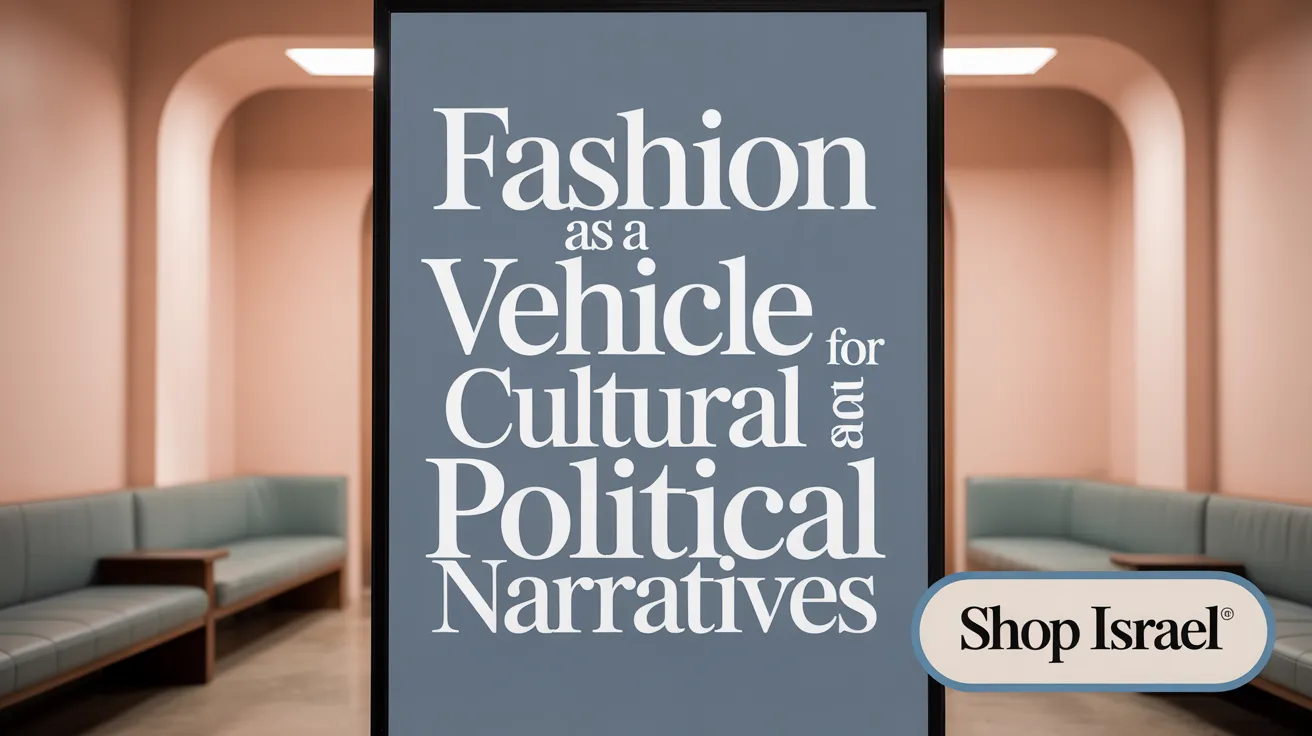
What does scholarly research say about fashion's role in cultural and political expression concerning Zionism and peace?
Academic research emphasizes that fashion serves as a vital tool for expressing and negotiating cultural identities and political ideologies. Scholars analyze how clothing and symbols function beyond mere aesthetic appeal, acting instead as markers of resistance, pride, and memory (Fashion as a form of Political Expression, Fashion as Political Expression, Fashion is Political).
In the context of Zionism, clothing choices—such as the adoption of the keffiyeh by Jewish leaders and immigrants—reveal efforts to connect with land, tradition, and authenticity. For example, Jewish Zionist leaders like Chaim Weizmann wore keffiyehs in the early 20th century, symbolizing a sense of belonging and land connection (History of the keffiyeh among Jewish Zionists, Jews wearing keffiyehs in the early 20th century). Over time, these garments became contested symbols, intertwined with political narratives about land rights, identity, and resistance (Keffiyeh origins and political symbolism).
Similarly, the keffiyeh's transformation into a Palestinian national symbol illustrates fashion’s power to embody collective memory and resistance. It visually communicates perseverance and resilience, with patterns like olive leaves symbolizing peace and steadfastness (Keffiyeh as Palestinian symbol, Kaffiyeh symbolism and Palestinian identity). Palestinian embroidery and traditional dress also carry regional stories, resistance messages, and cultural pride, especially in diaspora communities where clothing becomes a form of political memory (Palestinian traditional clothing, Palestinian thobe as a political symbol).
Regarding peace, the scholarly perspective recognizes symbols like the peace sign—not merely a graphic element but a representation of anti-war movements, hope, and societal aspirations for harmony. This icon has permeated fashion, transcending its original anti-nuclear message to become a global emblem of non-violence, often used in clothing and accessories (50 years of the peace symbol, Peace symbol history, Peace sign in fashion).
Semiotic analyses underscore that garments and symbols act as texts carrying complex meanings. For instance, Palestinian embroidery and traditional dress bear intricate motifs and amulets that signify social status, identity, and resistance (Palestinian traditional clothing). Such fashion operates as political messaging and solidarity, serving as visual statements within and beyond local contexts (Fashion and political expression).
Moreover, fashion's influence extends into public discourse concerning peace and conflict. As fashion designer Vivienne Westwood employed clothing to address environmental and political issues, the scholarly consensus affirms that fashion can be a form of activism—challenging societal norms and fostering dialogue (Fashion and politics intertwined, Fashion as a form of protest, The politics of fashion).
In conclusion, research highlights that fashion embodies social memory, resistance, and ideological positions. It offers a platform for marginalized voices, shapes political narratives, and connects identity with broader cultural movements, confirming its significance in the ongoing dialogue about Zionism, Palestinian identity, and peace efforts (Fashion and social movements, Clothing as a tool for emancipation).
Fashion Trends as Catalysts for Social Movements and Cultural Expression
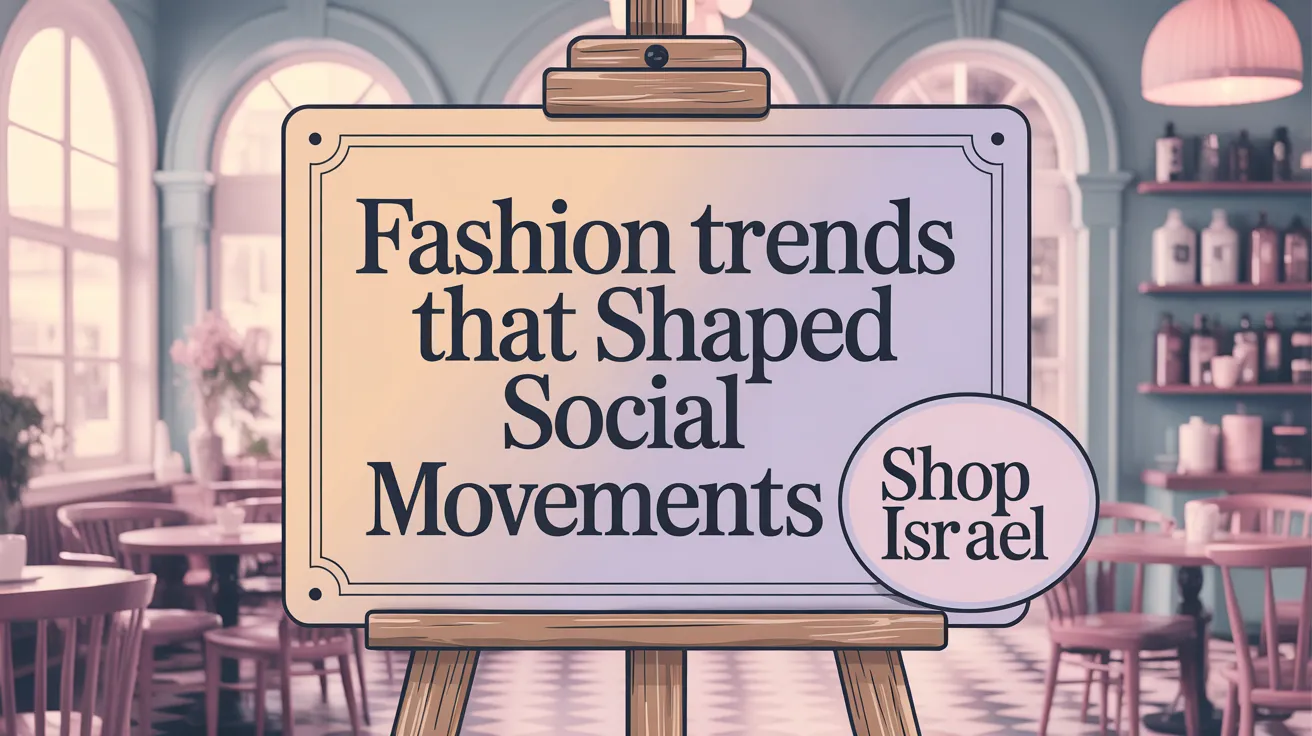
How have fashion trends like hippie symbols, peace signs, and slogans influenced social movements and cultural expression?
Fashion trends have long served as vivid symbols and expressions of social and political change. During the 1960s, the hippie movement popularized symbols such as tie-dye shirts, peace signs, and bell-bottoms, which became visual shorthand for anti-war sentiments and a rejection of mainstream norms. These styles created a shared visual language that unified protesters and conveyed their desire for peace and social liberation (Peace symbol history, Peace sign in fashion).
Similarly, the peace sign, introduced in 1958 by Gerald Holtom for nuclear disarmament protests, rapidly spread beyond activism. It was adopted in clothing, jewelry, and banners, turning into an enduring emblem of anti-war movements worldwide. Its presence in fashion made the symbol accessible and recognizable, ensuring that messages of peace reached broader audiences (50 years of the peace symbol, Peace symbol history).
Slogan T-shirts have also played a pivotal role in activism. From Katharine Hamnett’s famous 1984 anti-nuclear shirt to modern slogans advocating for gender equality, racial justice, or climate change, these garments serve as wearable expressions of political stances. The simplicity and visibility of slogan T-shirts make them effective tools for participation, allowing individuals to voice their beliefs publicly without words (Political expression through fashion, Fashion as Political Expression).
Throughout history, fashion has been intertwined with social causes—not just in protest but also in shaping identity and community. The Black Panther style, featuring leather jackets and berets, challenged racial stereotypes and boosted pride among marginalized groups. Modern fashion continues to reflect societal issues, with movements emphasizing sustainability, diversity, and cultural pride (Fashion is political, Fashion and politics intertwined).
The interplay between style and politics underscores fashion's power as a participatory form of cultural expression. Clothing can be more than aesthetic; it becomes a statement that fosters awareness, solidarity, and change in society (The politics of fashion).
| Symbol/Trend | Era/Origin | Impact on Movement | Notable Examples |
|---|---|---|---|
| Hippie symbols | 1960s, counterculture movement | Fostered anti-war, peace, and love ethos | Tie-dye shirts, peace signs in fashion (Peace sign in fashion) |
| Peace sign | 1958, nuclear disarmament protests | Universal peace symbol, anti-war icon | Jewelry, apparel, accessories (50 years of the peace symbol) |
| Slogan T-shirts | 1980s-present | Public declaration of beliefs | Katharine Hamnett’s anti-nuclear tee, feminist slogans (Political expression through fashion) |
| Black Panther style | 1960s, civil rights movement | Challenged stereotypes, pride | Leather jackets, berets (Fashion is political) |
Fashion’s ability to serve as a political statement continues to evolve, blending art, activism, and culture to spark dialogue and promote social change.
Weaving Peace and Identity into the Fabric of Fashion
Fashion’s ability to convey complex narratives about Zionism, peace, and cultural identity underscores its significance beyond aesthetics. Garments like the keffiyeh and Palestinian thobe articulate histories of resistance and resilience, while Jewish traditional clothing embodies faith and national revival. Peace symbols woven into fashion evoke universal desires for harmony despite commercialization challenges. Moreover, fashion serves as a vibrant stage for political activism, allowing individuals and groups to communicate solidarity and dissent visually. The appropriation of cultural symbols, however, reveals the fraught terrain where identity and politics intersect. Scholarly insights emphasize that fashion operates as a semiotic and social tool, capable of shaping public discourse and fostering understanding amid conflict. Ultimately, clothing becomes a powerful language—stitching together stories of heritage, struggle, and hope—testifying to the enduring quest for peace in a divided land.



